Is AI art the death of expression?
The fear of AI art replacing art produced by humans has become prevalent after an AI-generated artwork won a state fair competition, outraging those in the art community.
October 10, 2022
On Aug. 29, 2022, Jason Allen submitted his art piece “Théâtre D’opéra Spatial” to the Colorado State Fair annual fine arts competition. His print was an immediate hit in the “digital art/digitally manipulated photography” category and won the first-place blue ribbon and a $300 prize.
The significance of this win, however, stems from the method he used to create this beautiful piece. He didn’t use traditional art mediums like thread, clay, paint, etc. Instead he created this piece through a program called MidJourney, an artificial intelligence program that turns lines of text into hyper-realistic graphics.
Midjourney operates by taking a text stream of descriptions given by the user. Virtually everyone with internet access could generate an award-winning art piece with a good enough description.
Artists are furious, and understandably so. Allen’s win undermines years of effort, hard work and dedication that all artists experience to perfect their art in their respective mediums. Some are even nervous about their jobs or degrees becoming obsolete with the potential AI replacement.
Here is where the discussion of ‘what is art?’ comes in. According to Britannica, art is “a visual object or experience consciously created through an expression of skill or imagination.”
Art is arguably one of the most human of all practices because of the emotion it requires. It sets humans apart from all other lifeforms on Earth. So how could Allen’s entry even be considered an art piece?
GHC student Stockton Norrod and I looked into Midjourney together and both determined the only work or frustration we felt while generating the sub-par images was having to figure out a way to get Batman to come out not looking deformed. Even if the image came out well, we both agreed that we had zero respect or emotional connection to the piece.
Stockton and I also discussed what the role of AI is and should be in society.
He said he finds it useful in certain aspects and later explained “it is useful in sectors that are repetitive and better suited for machines i.e. manufacturing, automotives, computer networking.” He later said he “worries for the industrial art students who create commissioned logos, emblems and fonts for companies,” as the art students are more likely to get replaced.
The possibility of an organization constructing an AI to generate company images is alarming and possibly already taking place because it saves money. Time and money are the biggest motivators and threats when it comes to AI. The productivity is higher, but at what cost? The job of an artist.
I also asked two GHC staff members the same question ‘How do you think the introduction of AI-generated artwork will affect GHC’s current art students?’
Mohan Naidu is an Assistant Professor of Computer Science at the Cartersville campus. He said this subject has actually hit really close to home as he is a professor in STEM, and his daughter is an artist and art teacher at Hillgrove High School.
In contrast to Stockton’s comment, Naidu said he is doubtful of AI becoming a replacement in regard to the impact of human art.
“I do not think AI can ever replace an art student’s career. The ‘human’ element of art often lies in the conversation and response to the piece. Inherently the ‘why’ for AI-generated pieces will never be there. The emotion behind the algorithm is likely missing’” Naidu said.
He did, however, see it as a potential tool for aspiring artists, just as Scott Arthur, GHC Assistant Professor of Art, also stated. He looked at this situation the same way as Stockton, Naidu and I did.
Arthur said how deep the creation of an artist’s work is and how “the artist’s own history, temperament, their environment, people they love, what was for breakfast” can affect the result. The human aspect an AI will never recreate.
“If I’m pessimistic, I view AI-generated art as simply typing a request for a set of coordinates and retrieving a desired output. If I’m optimistic, I’d say the tool an artist uses is irrelevant,” Arthur said.
In an interview with the New York Times, Allen said “‘I’m not going to apologize for it,’ he said. ‘I won, and I didn’t break any rules.’”
Unfortunately, he is correct. I reviewed the Colorado State Fair rules and the only related rule would be, “All items entered for the competition must be entered in the name of the person who created the entry.” With “Jason M. Allen via Midjourney,” he checks that box.
What Jason Allen did is inexcusable and the art piece Midjourney conjured should never have been considered for the win. However, art is most certainly not dead. Art may look different in the future, but creative minds will never cease their passions.


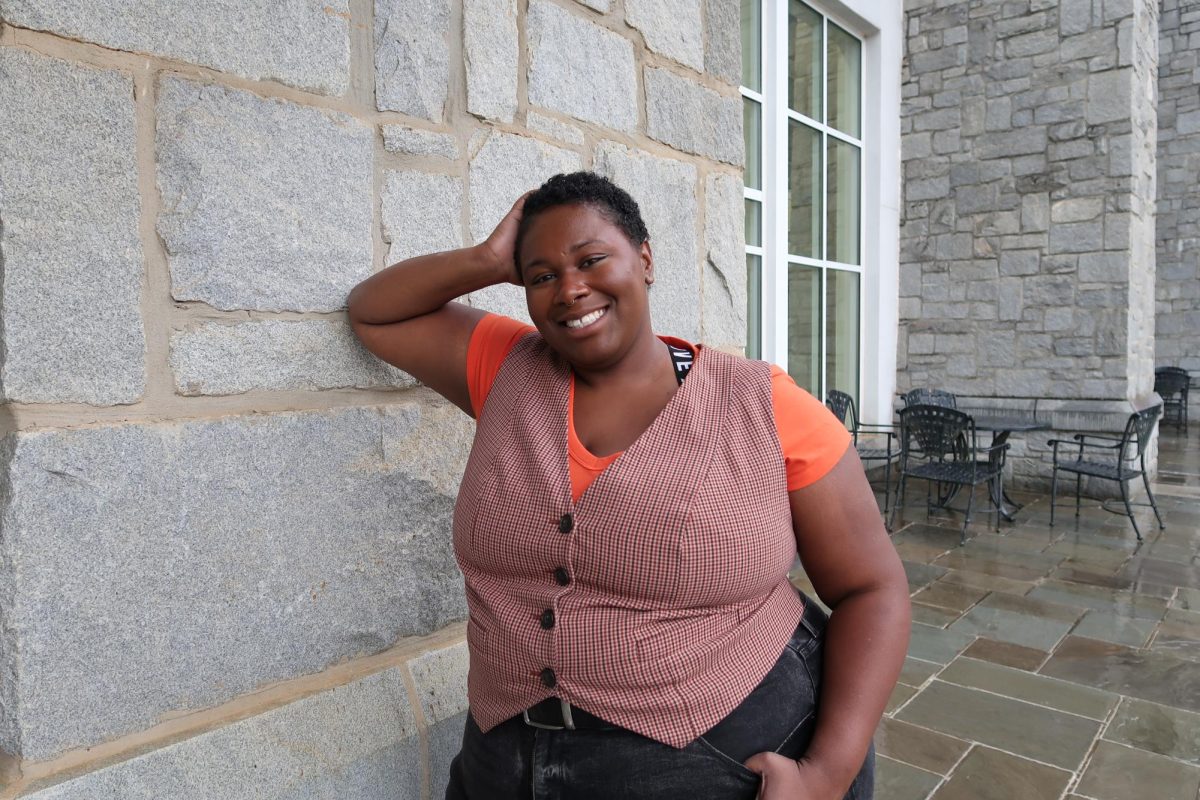
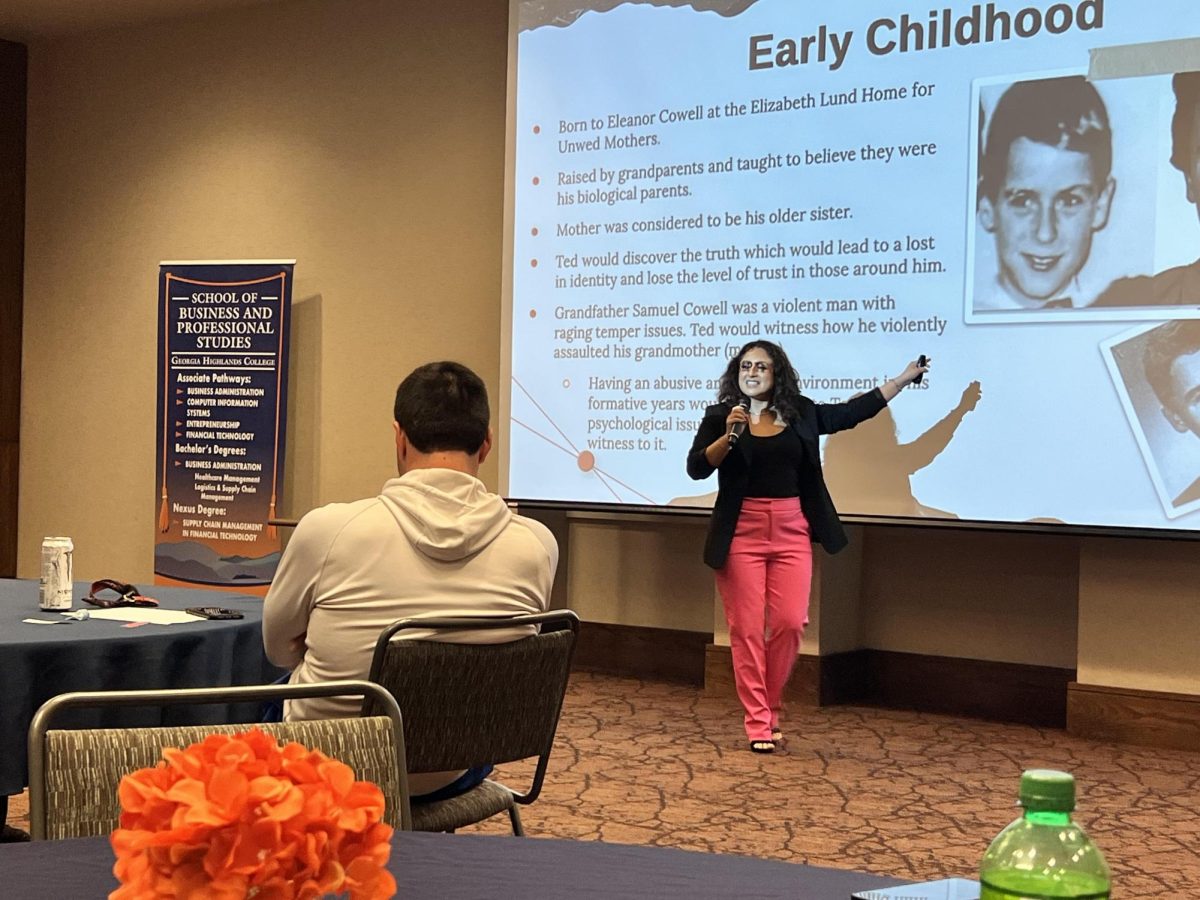
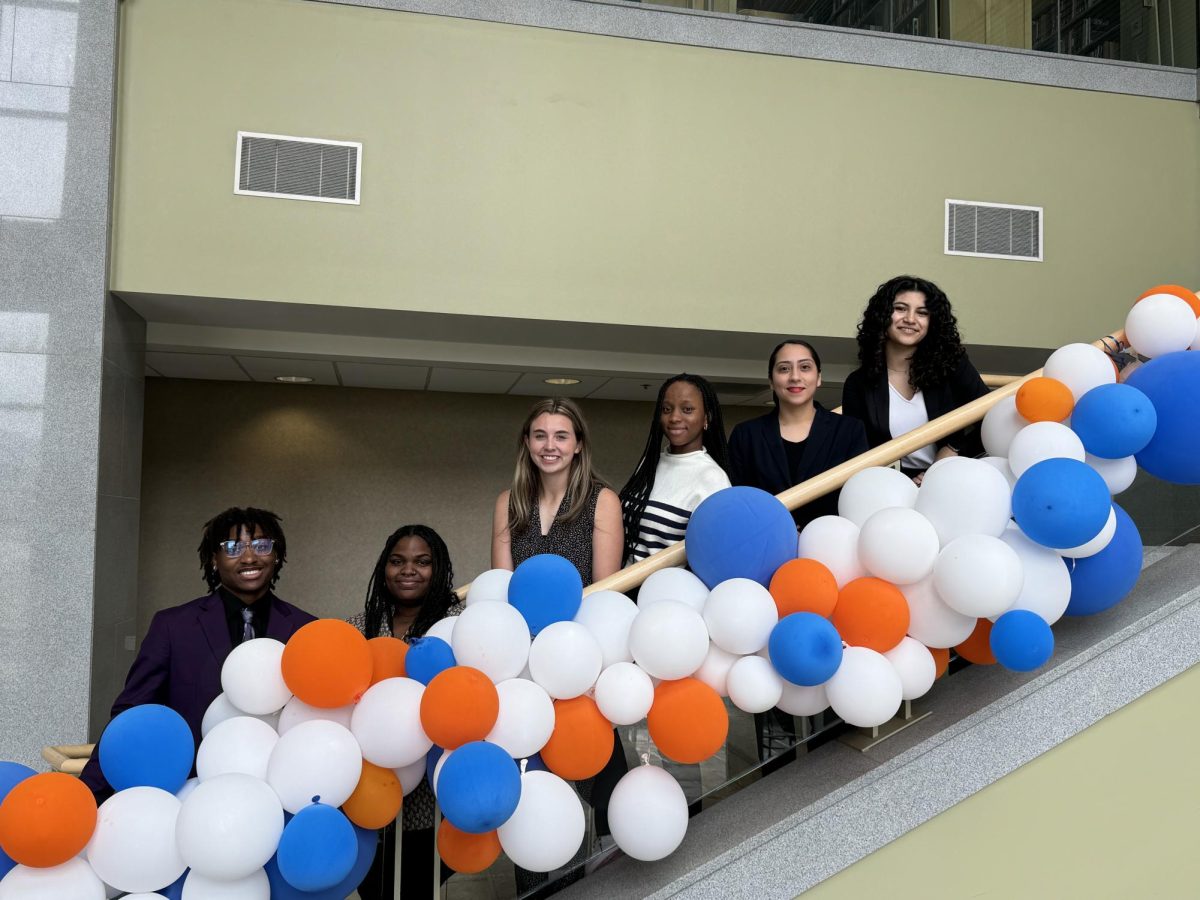
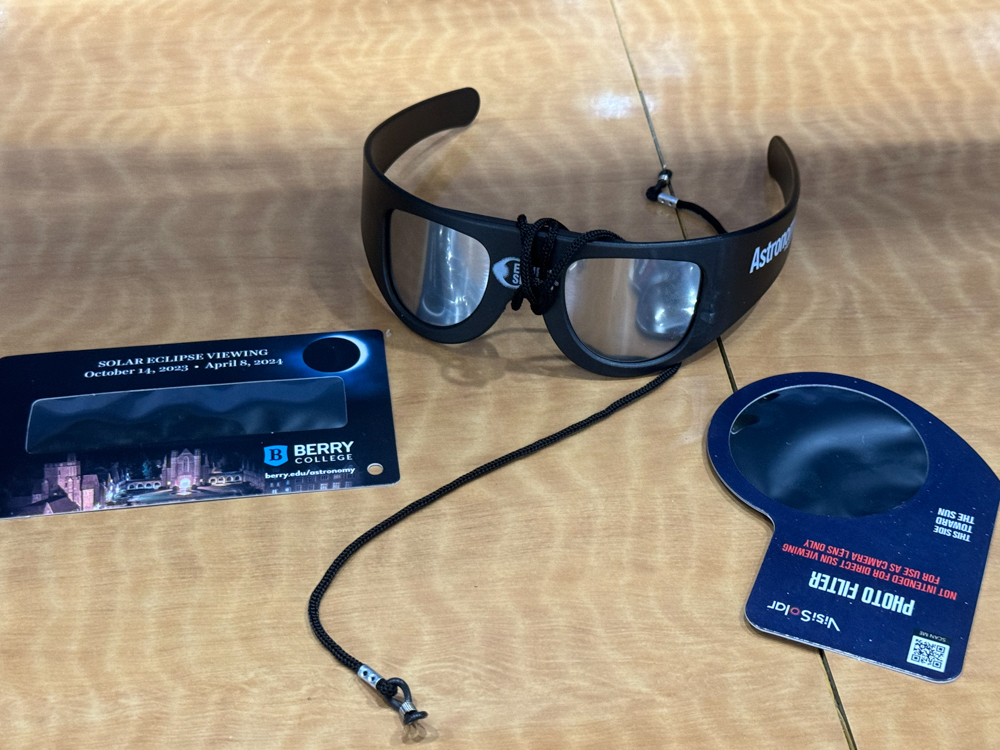
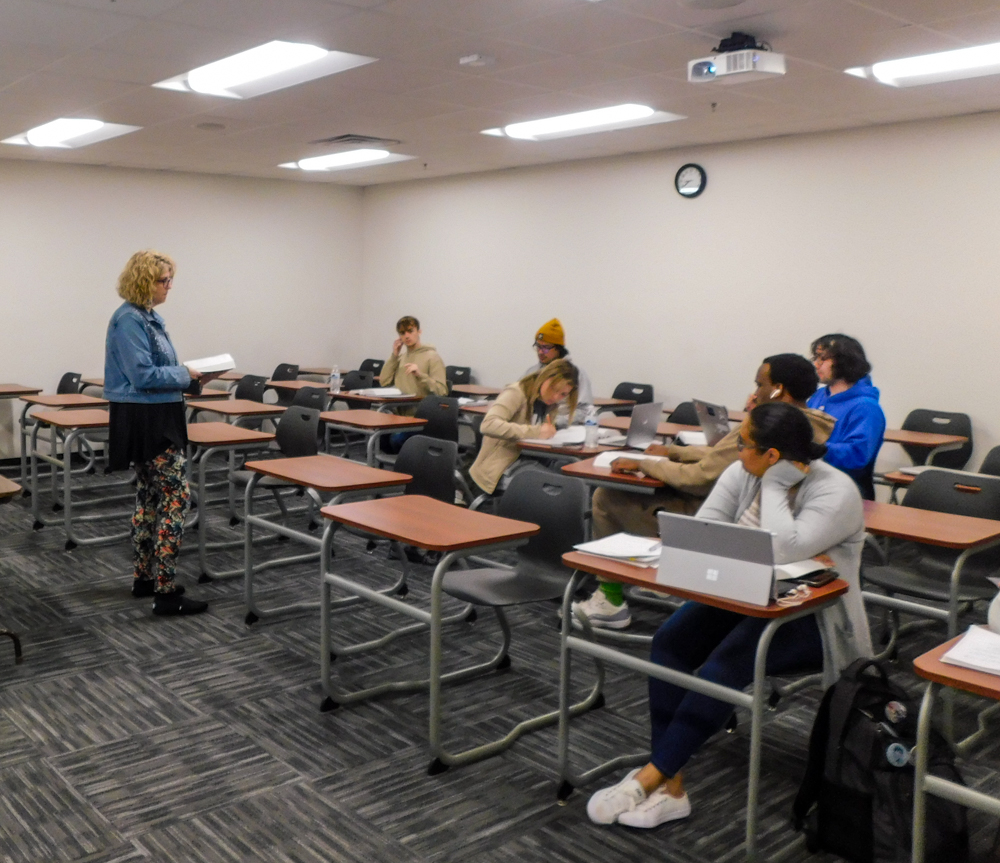
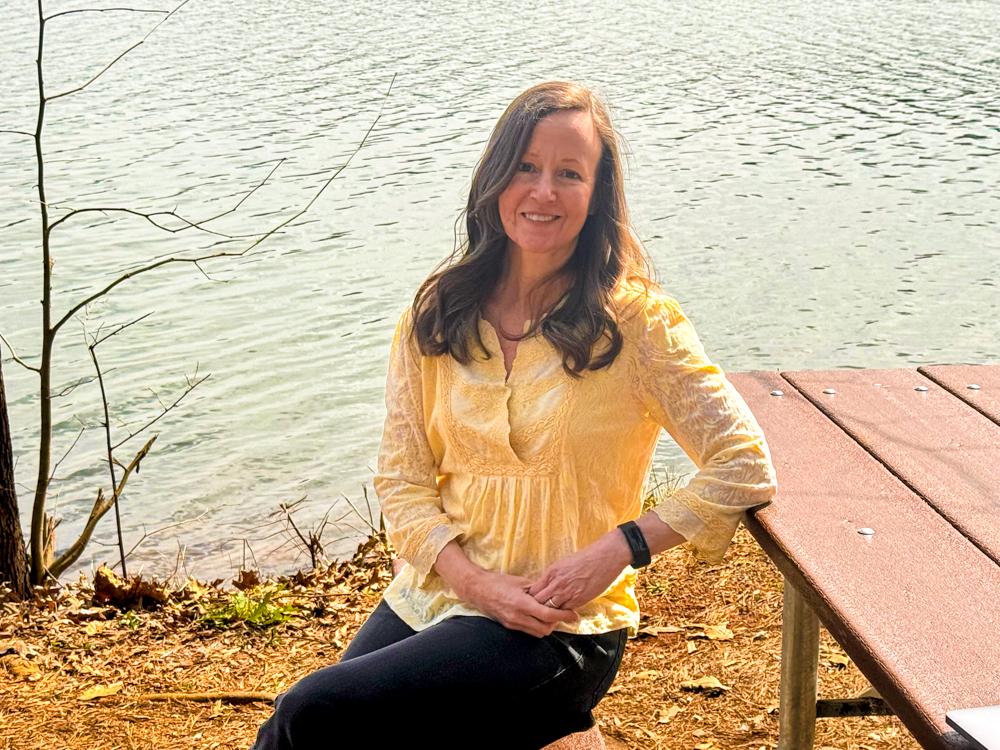
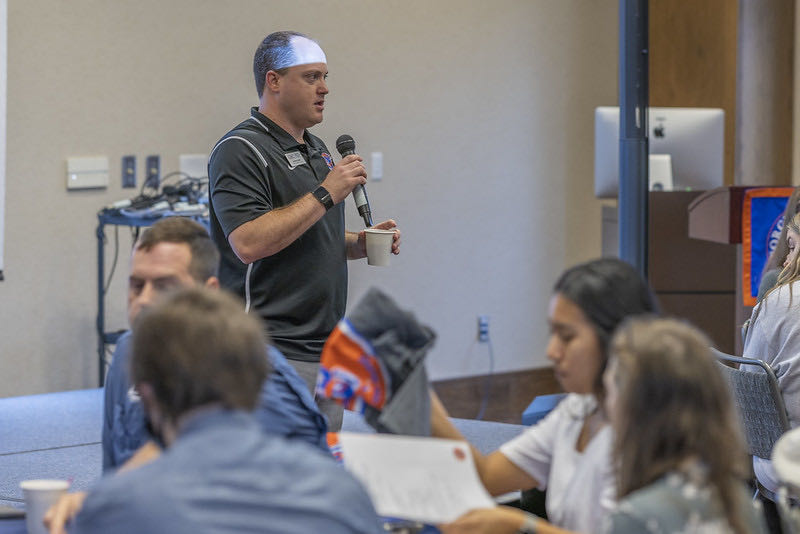
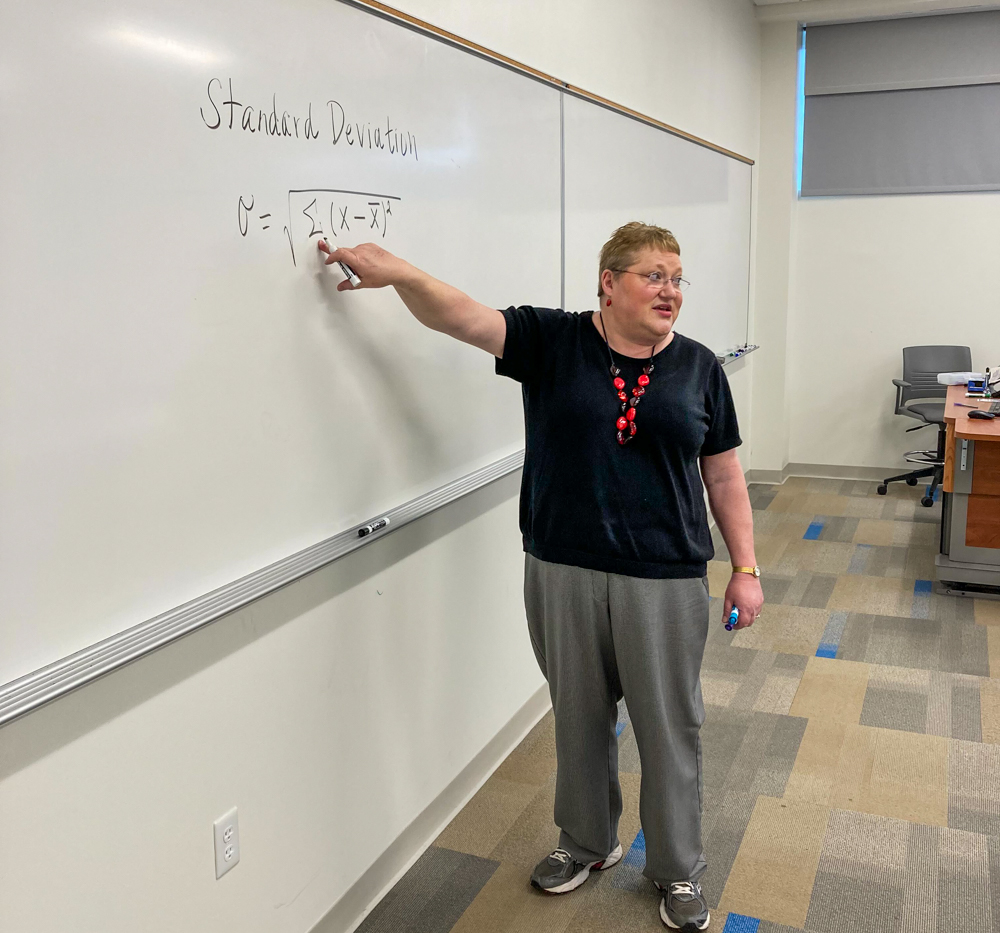
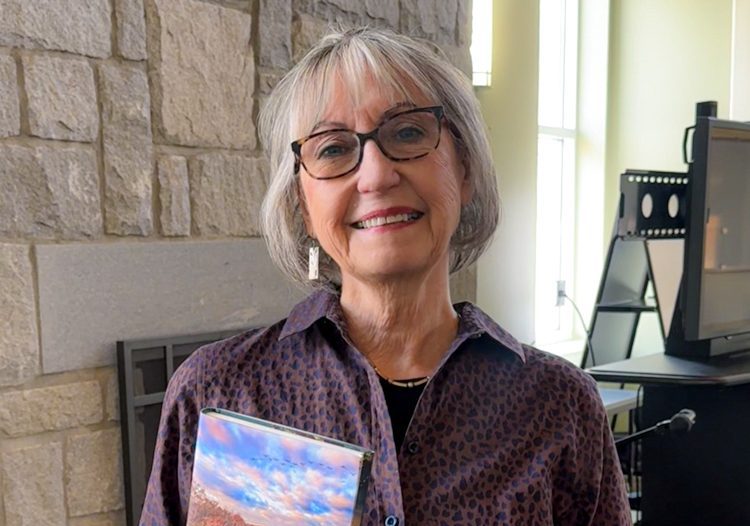
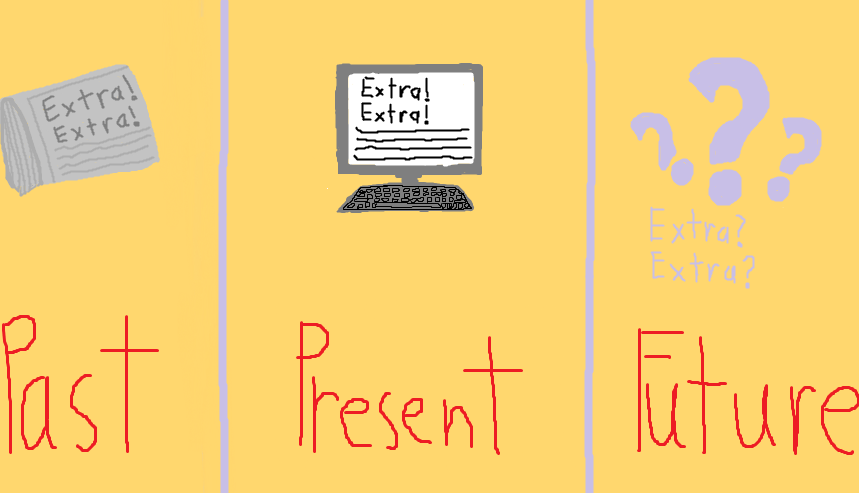
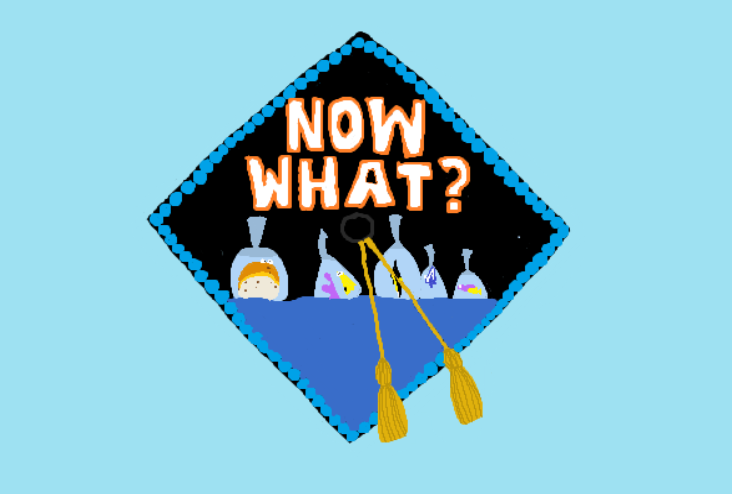
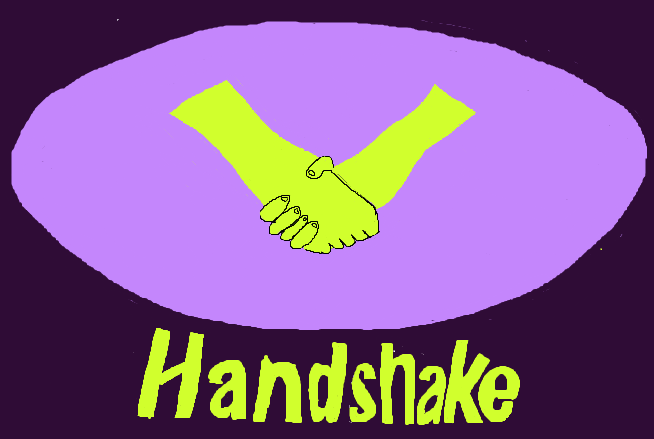
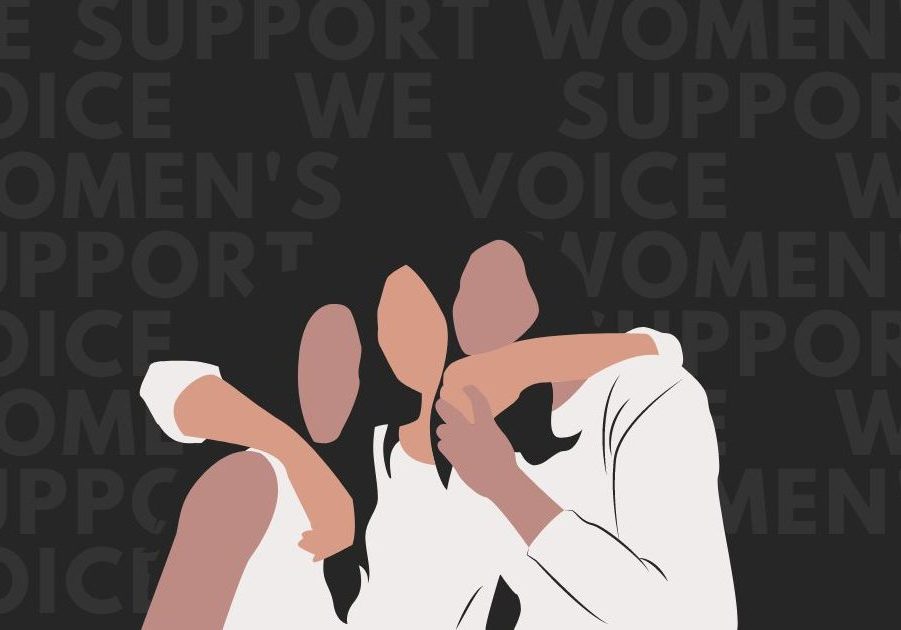
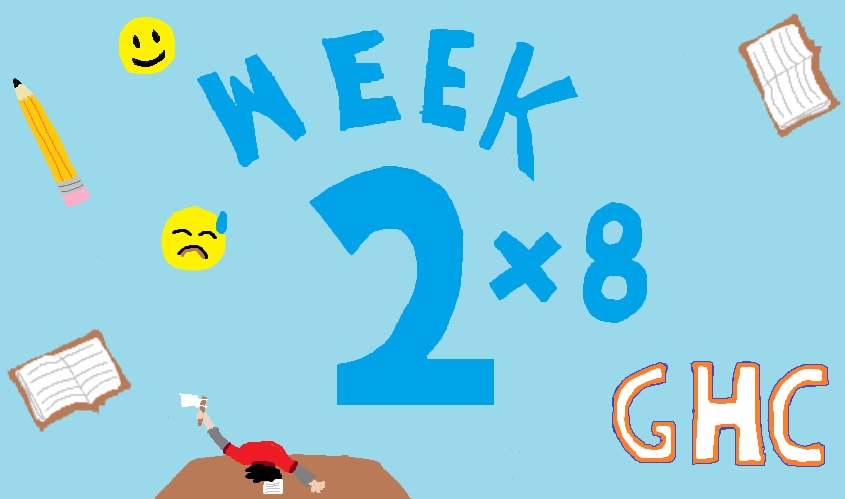
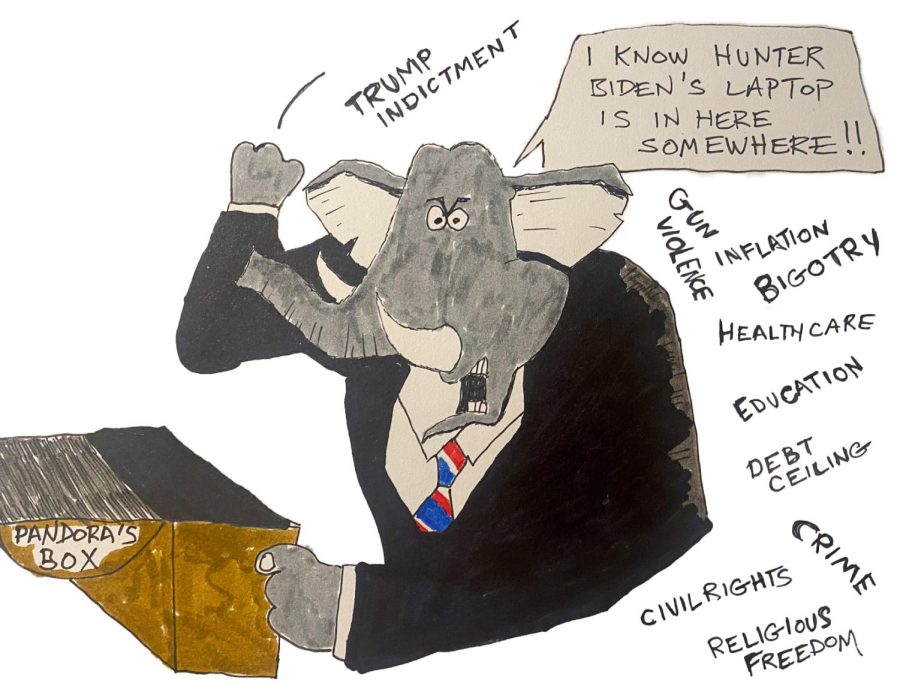
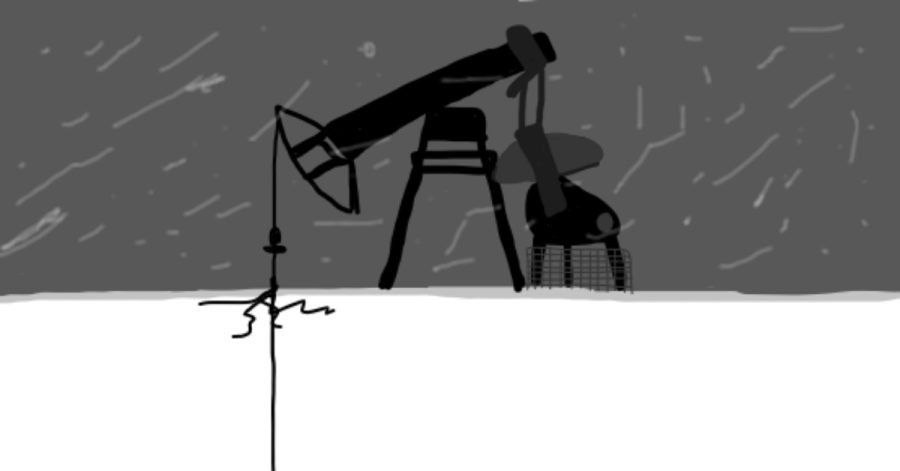
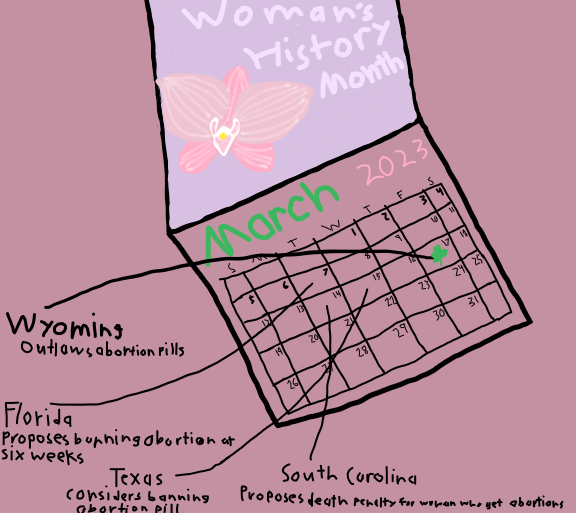
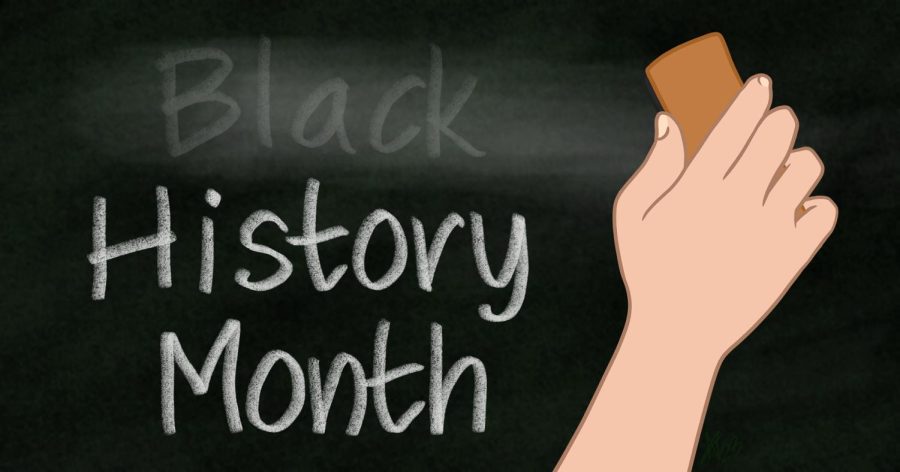
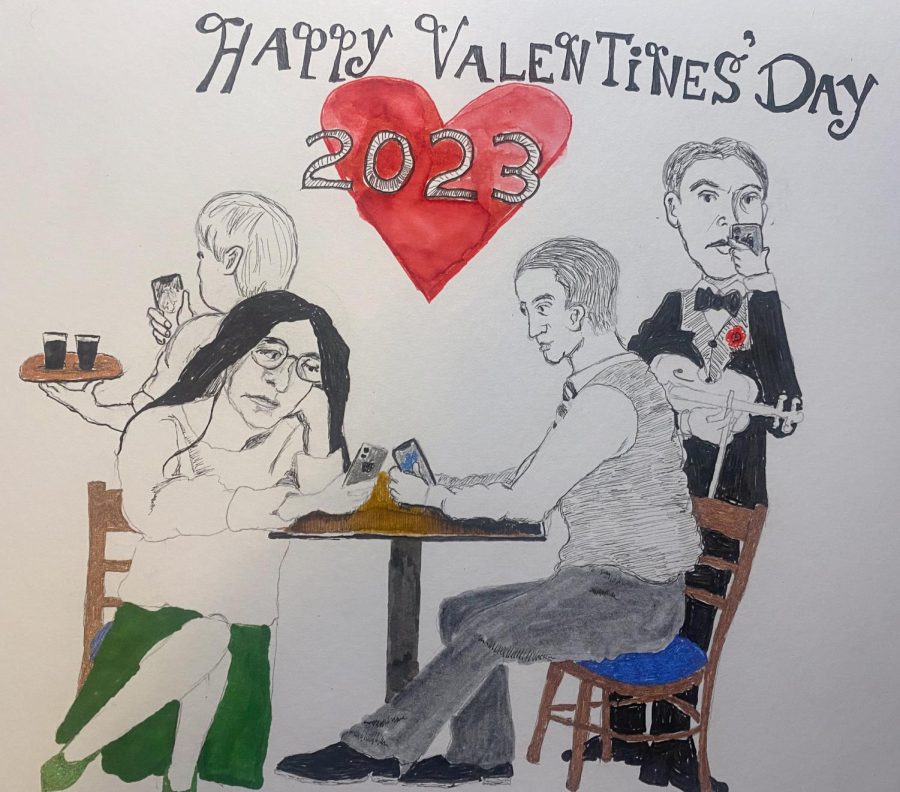
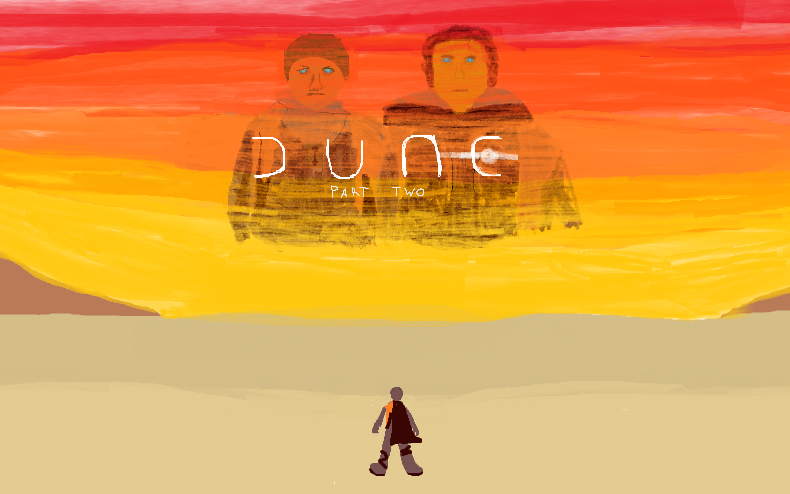
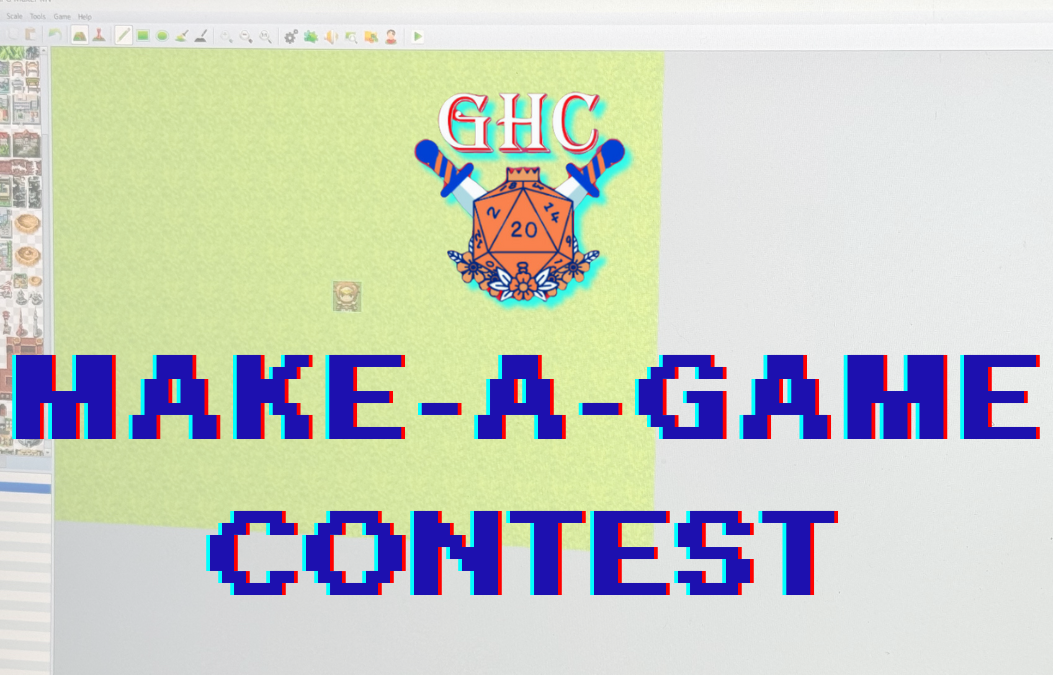
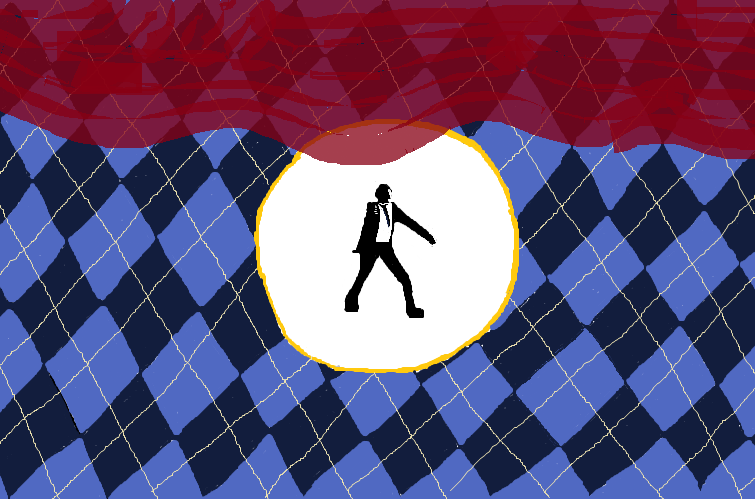
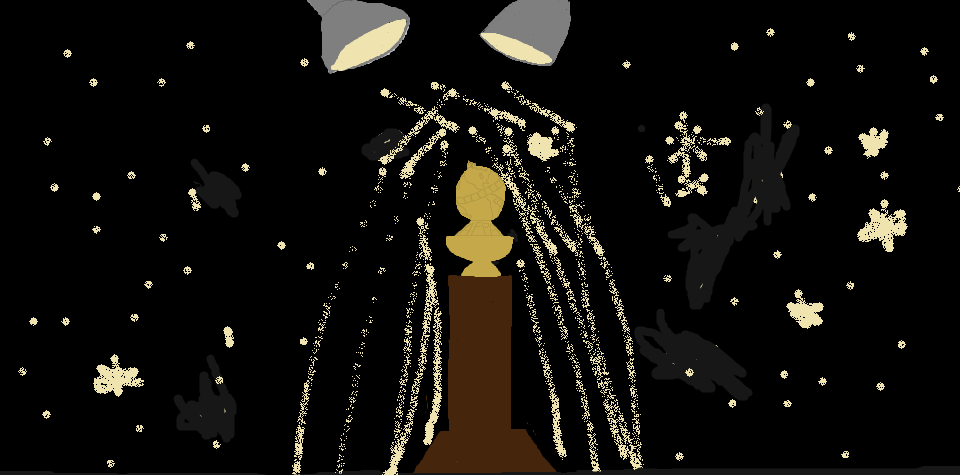
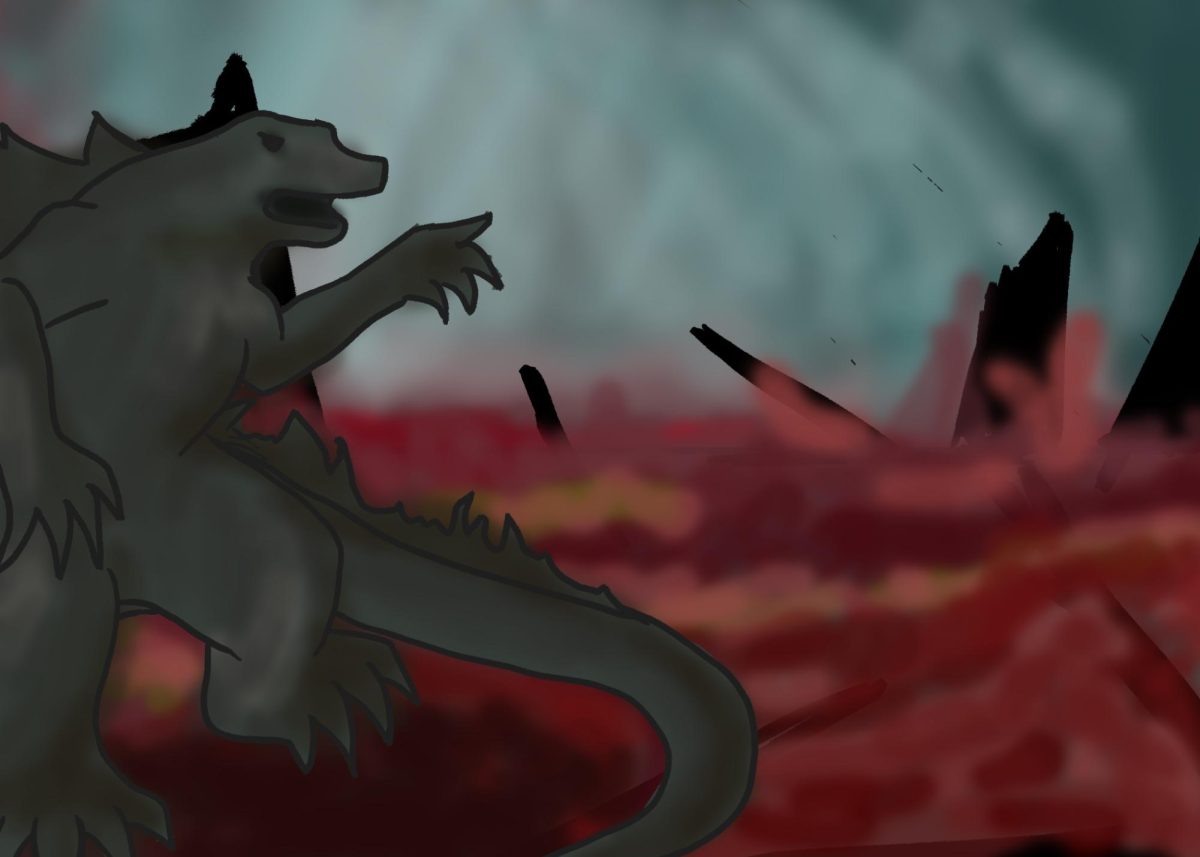
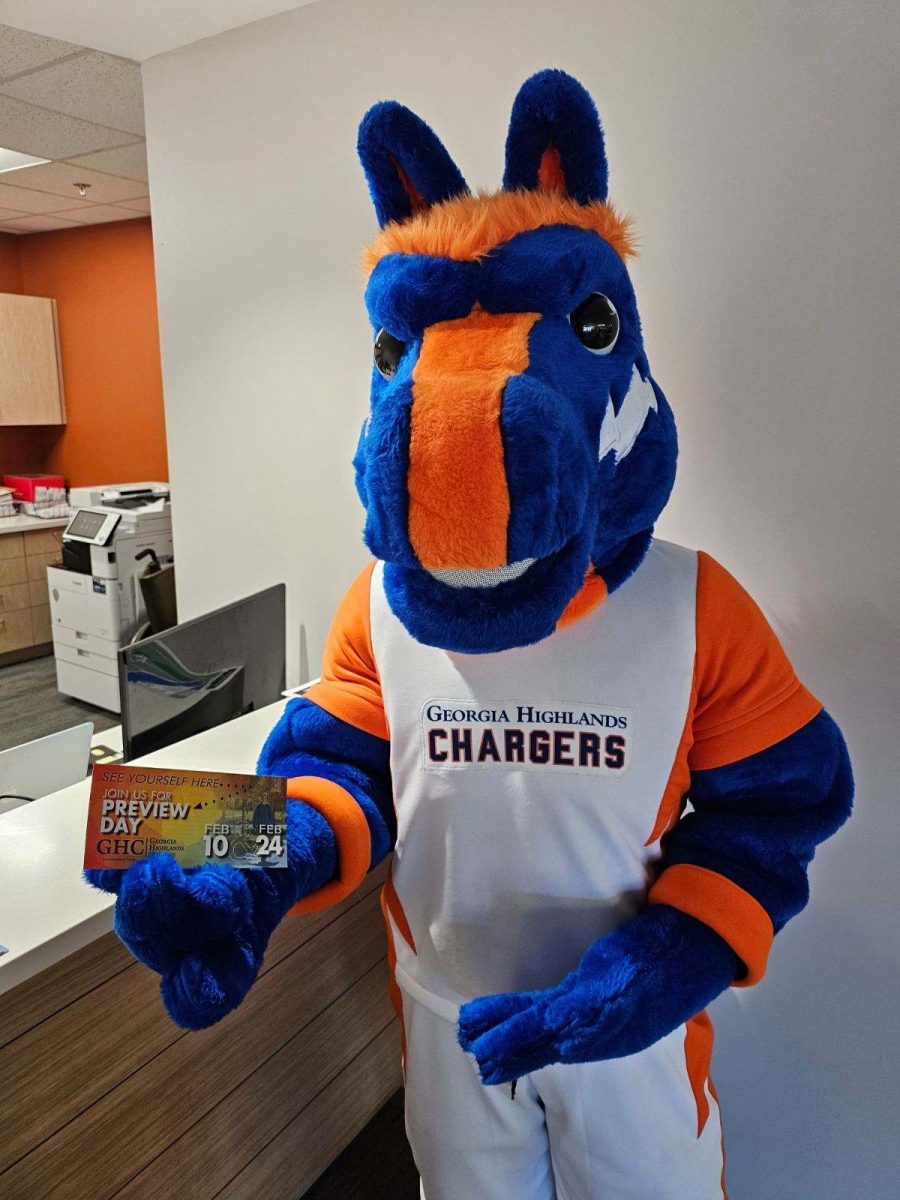
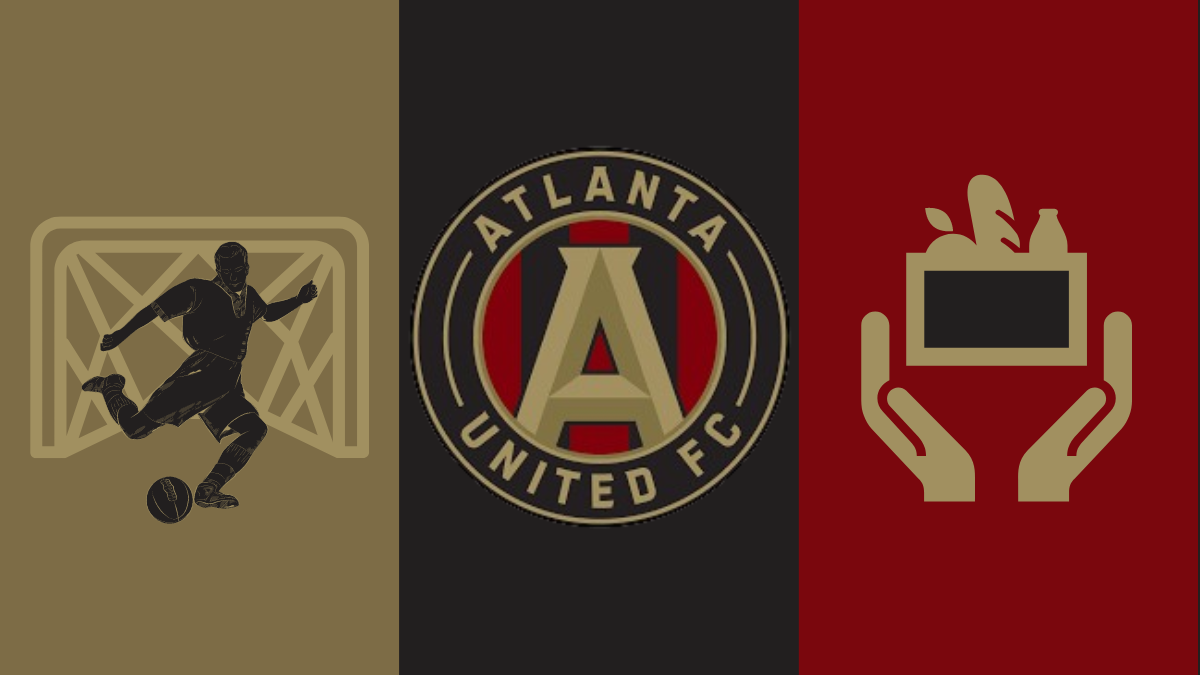
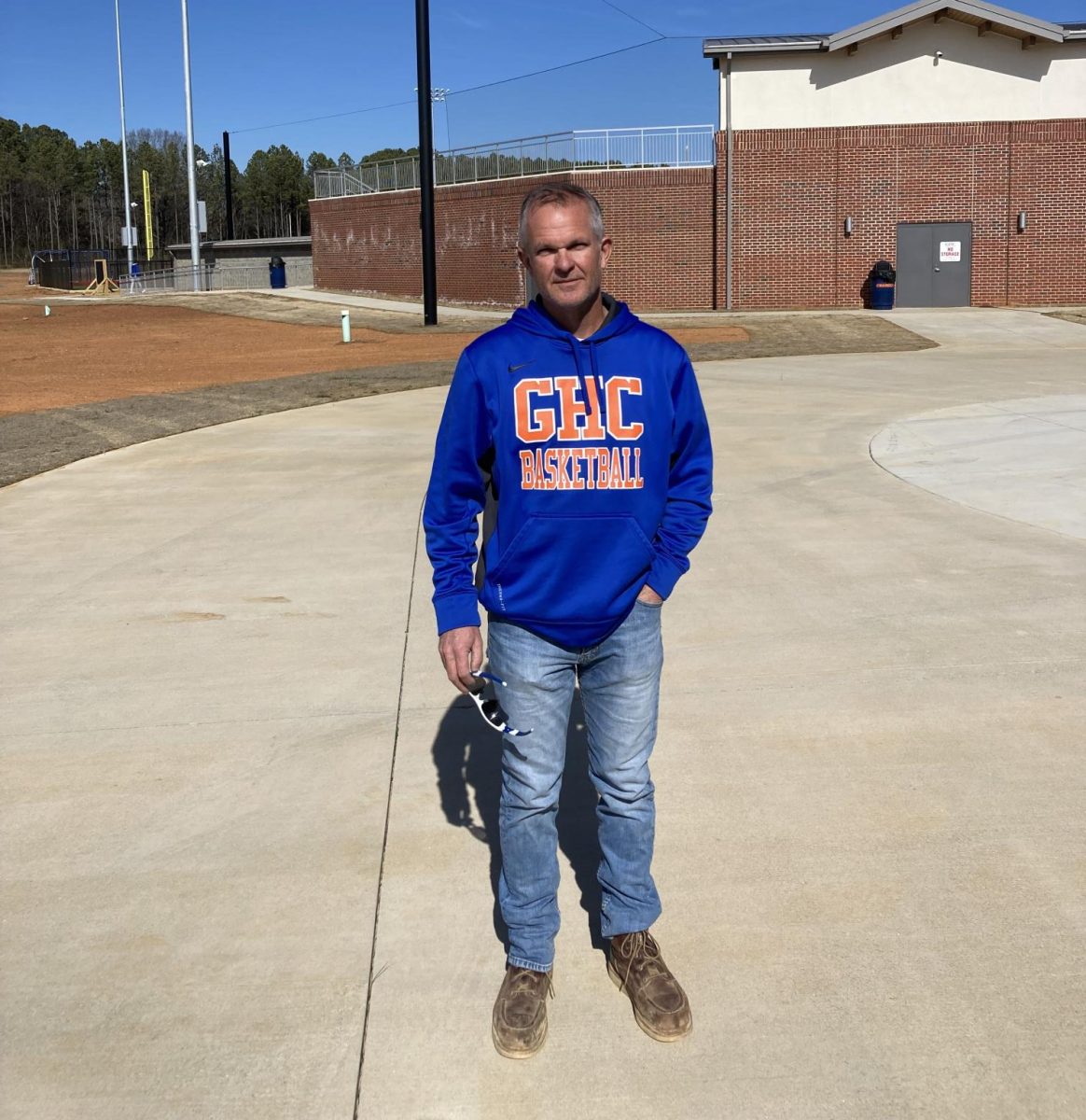
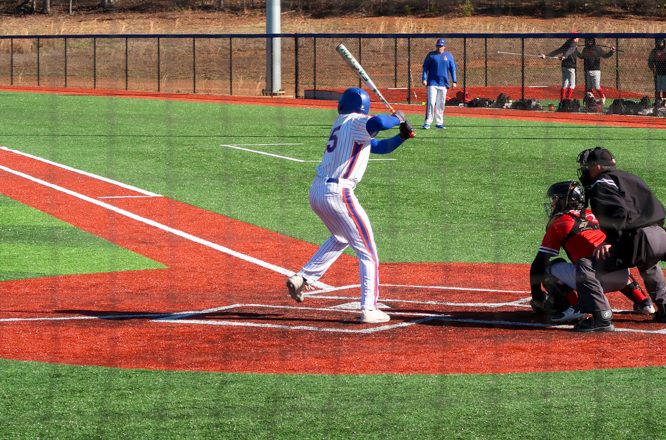
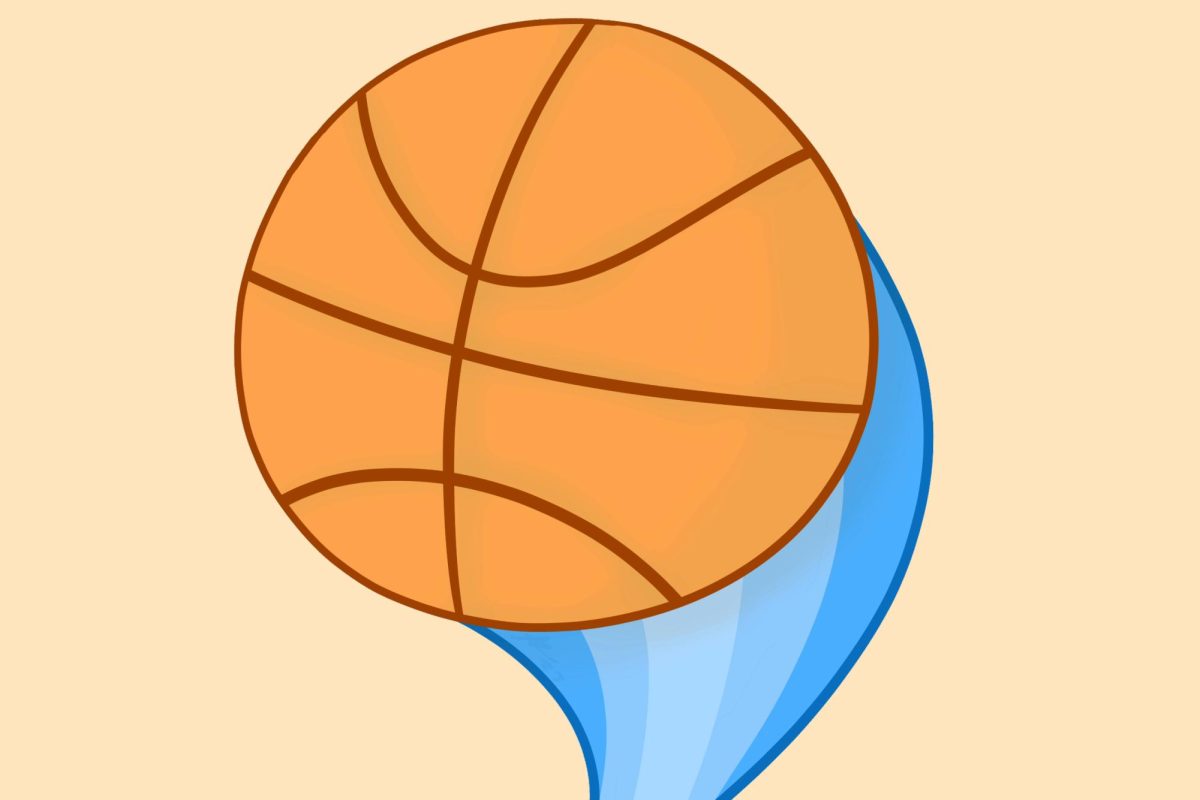
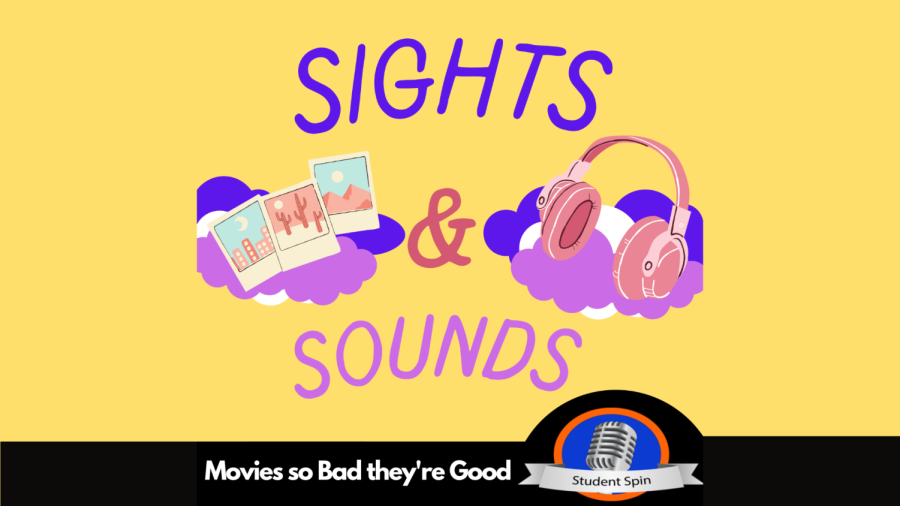
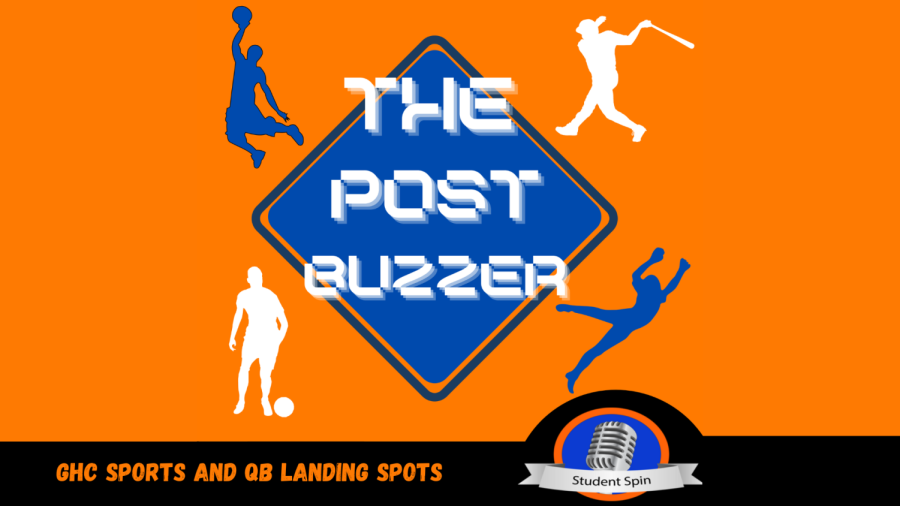
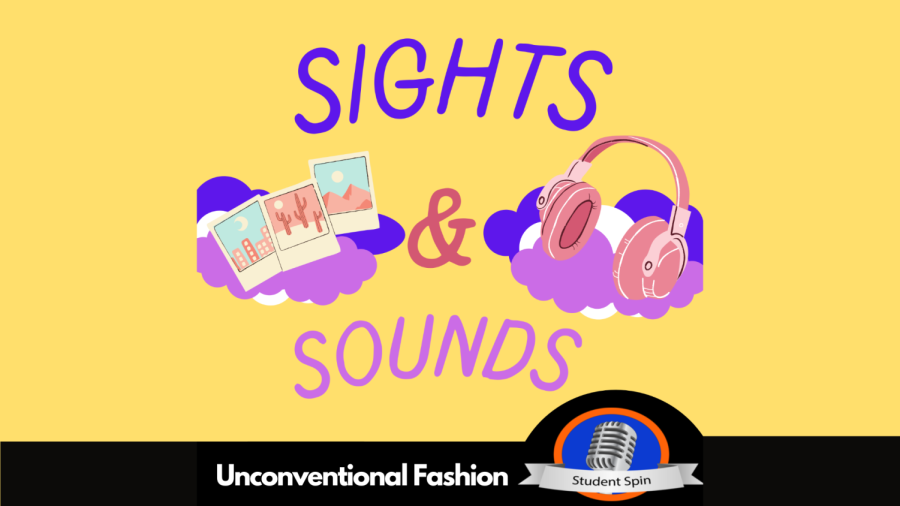
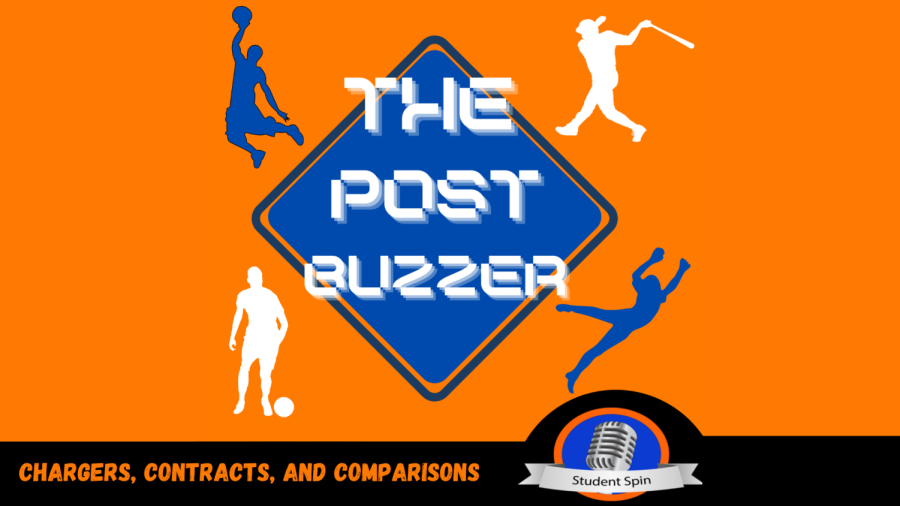
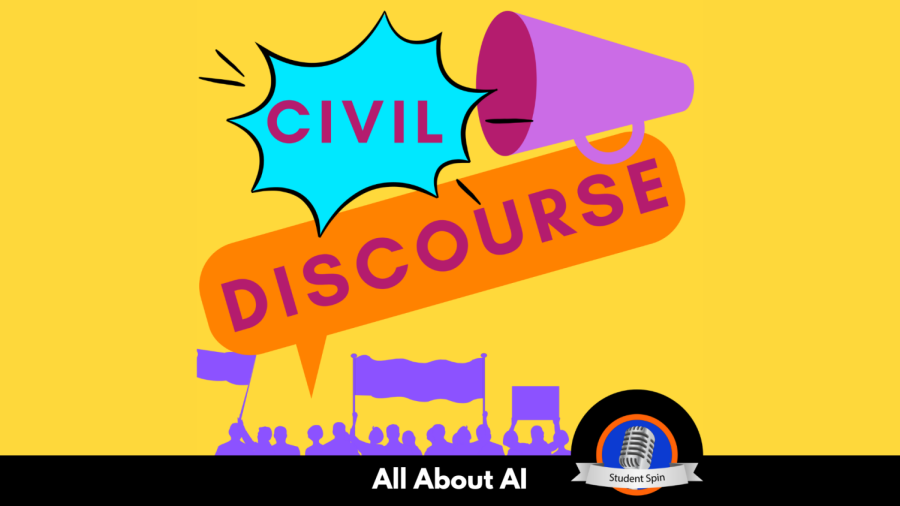
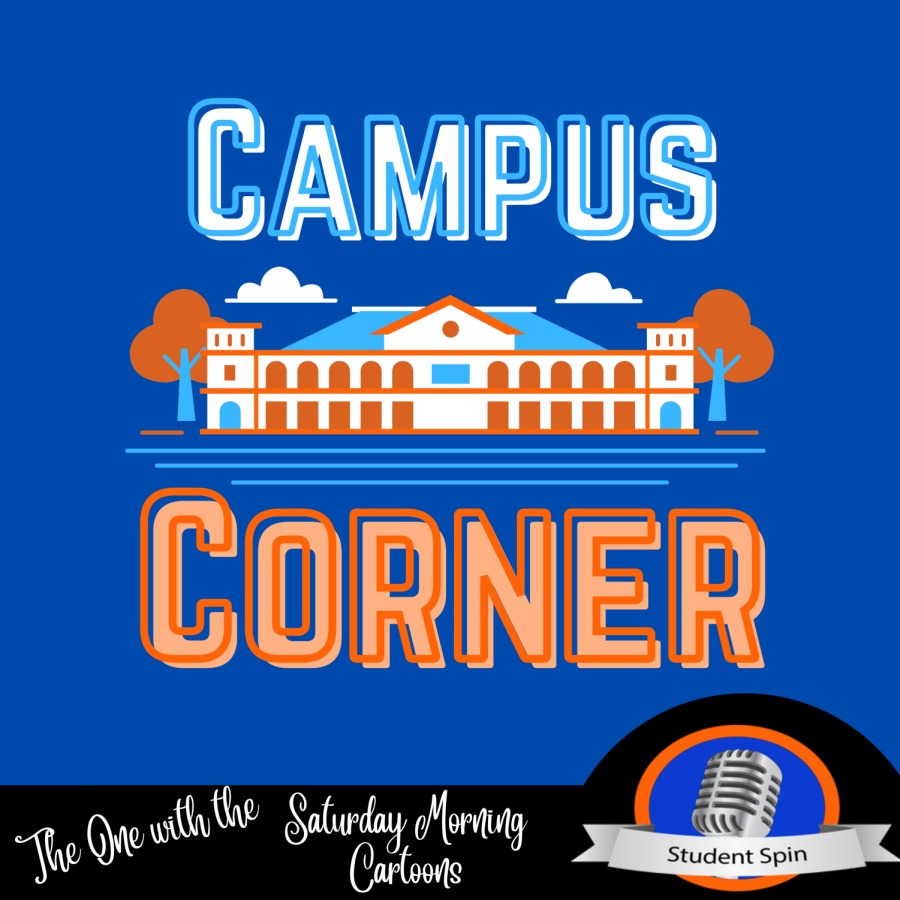
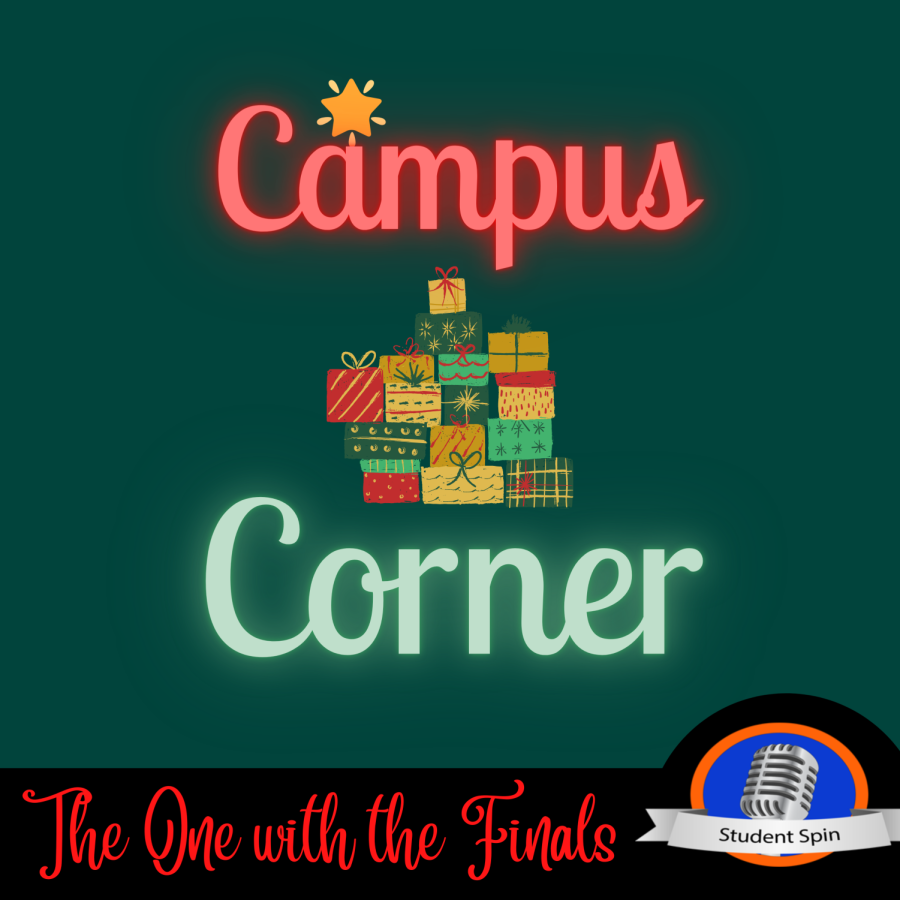
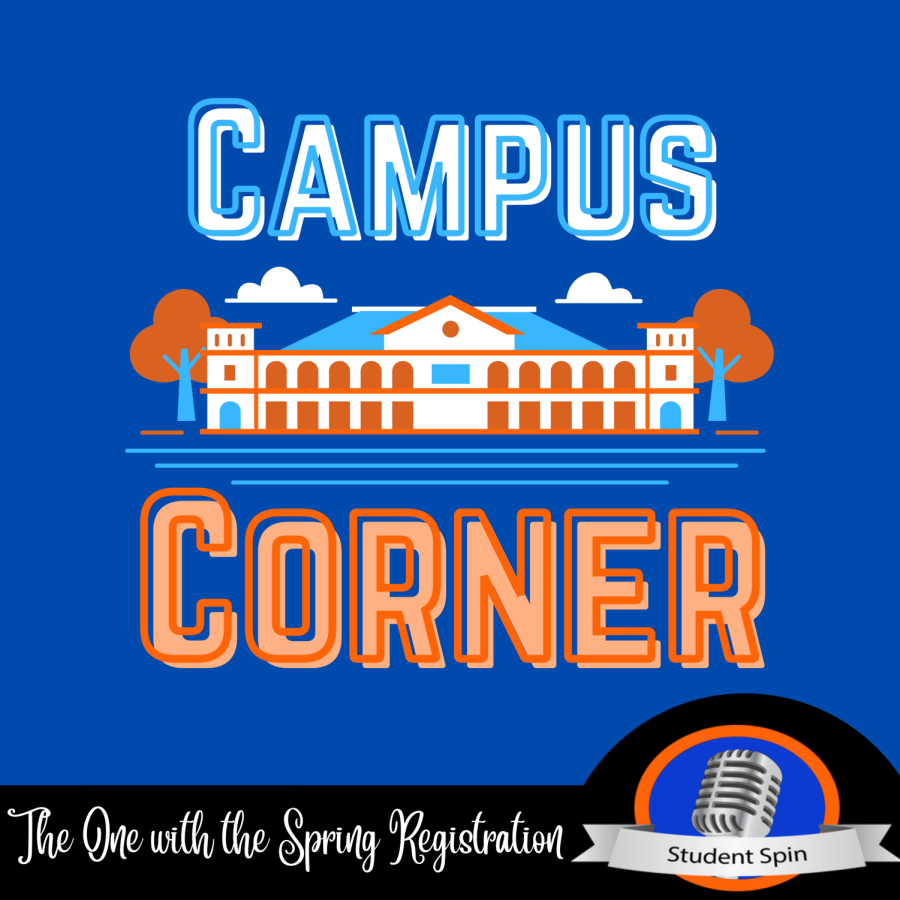
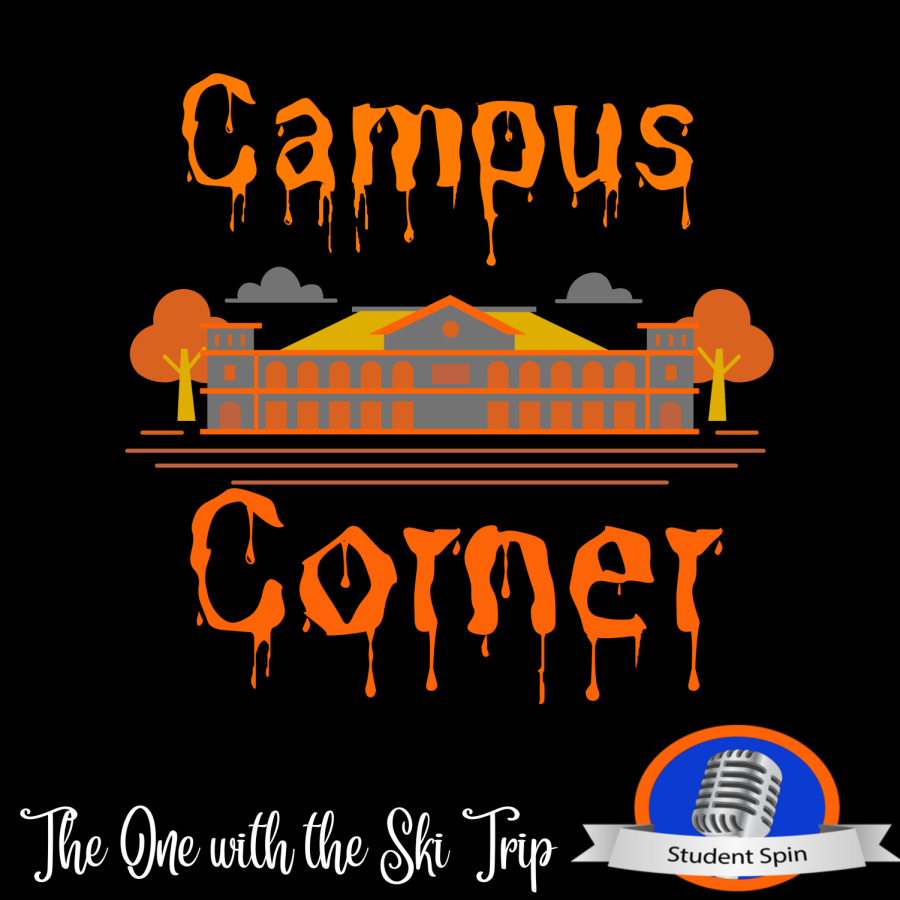
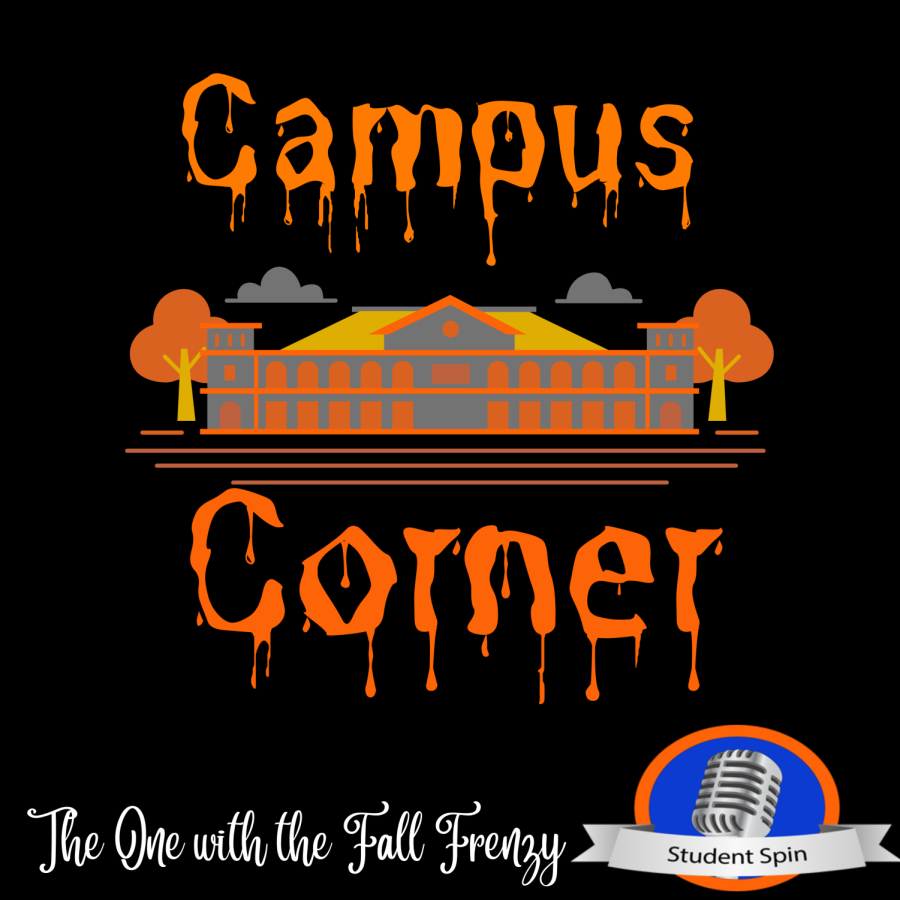
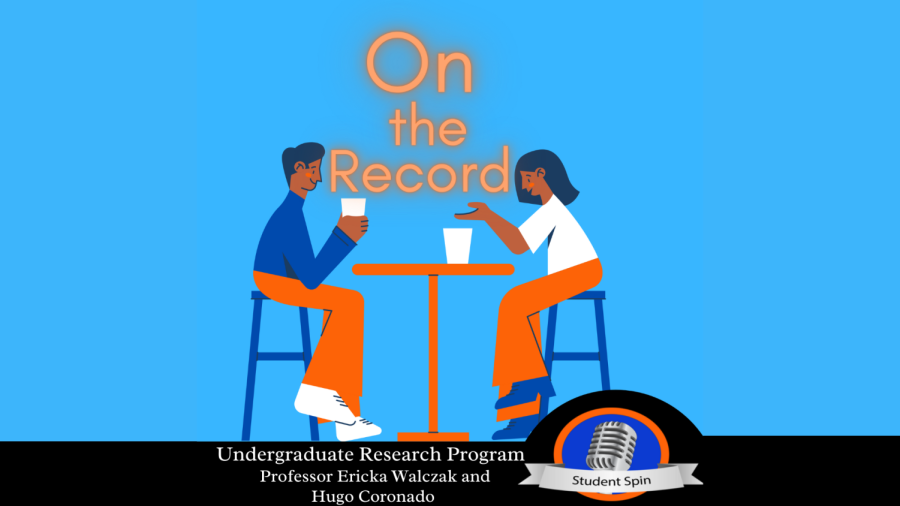
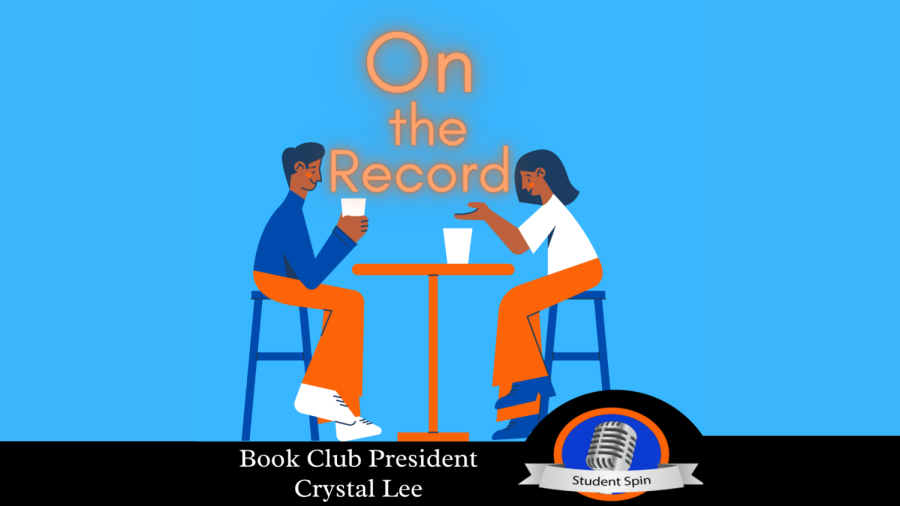
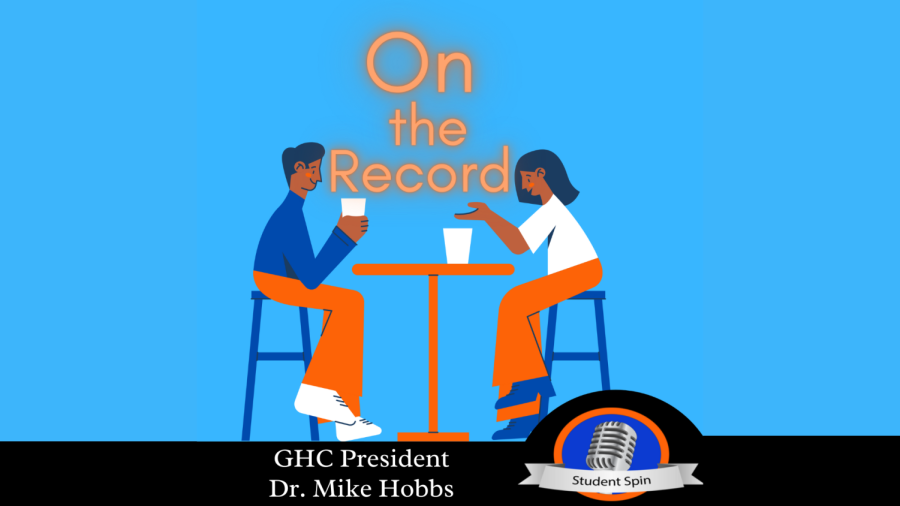

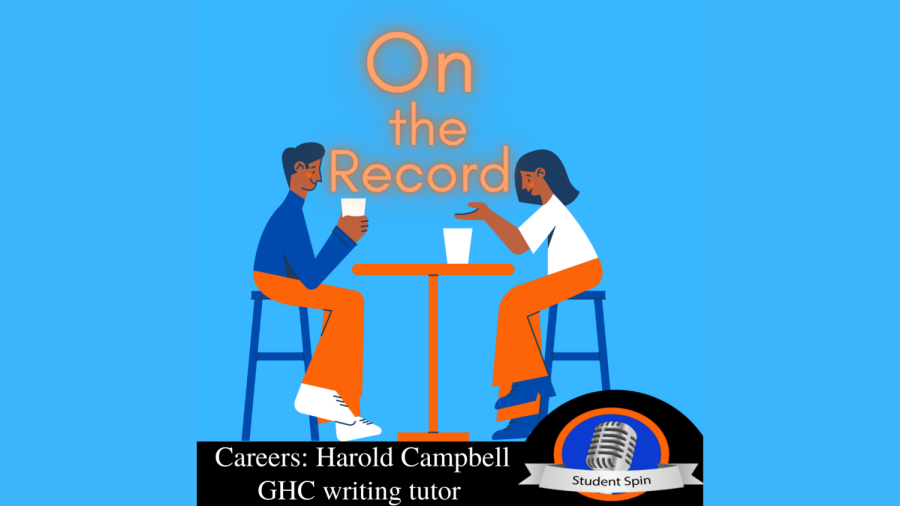
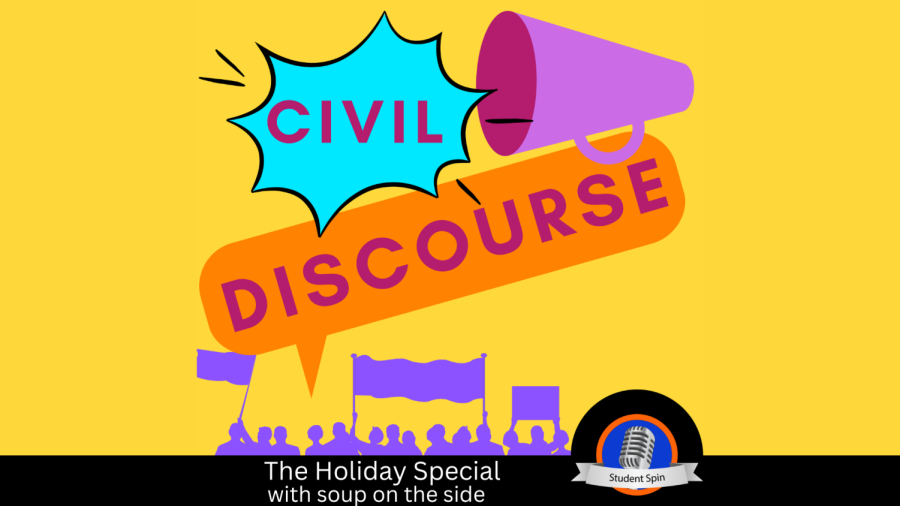
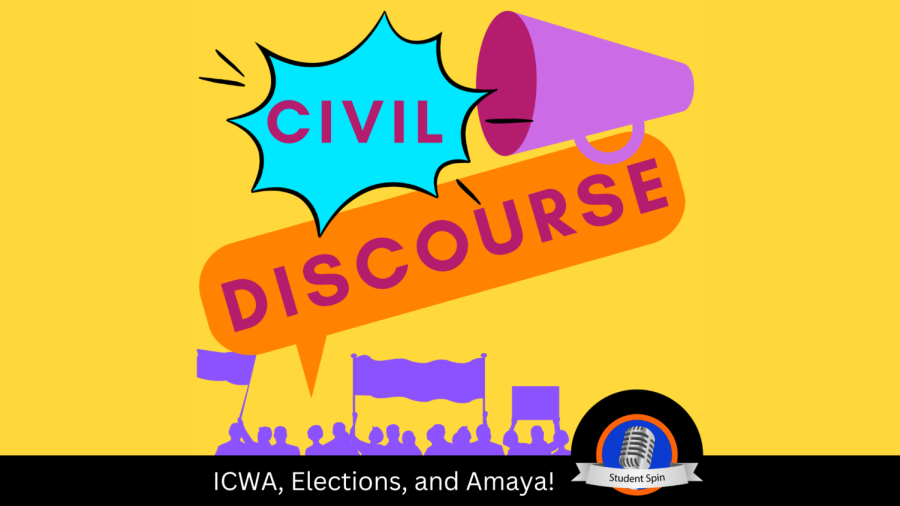
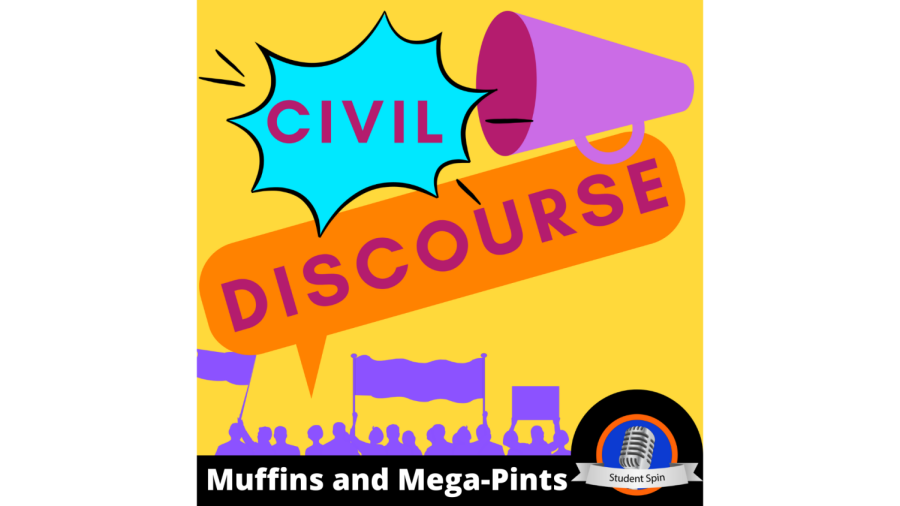
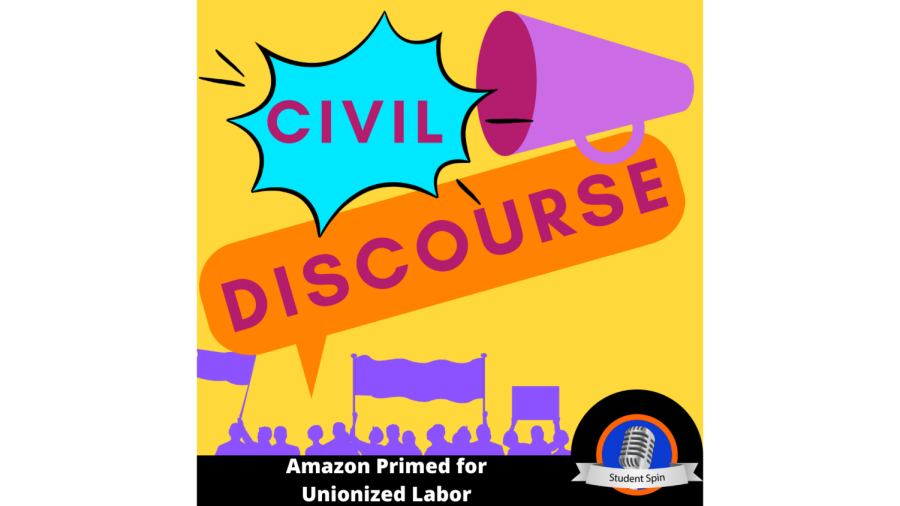
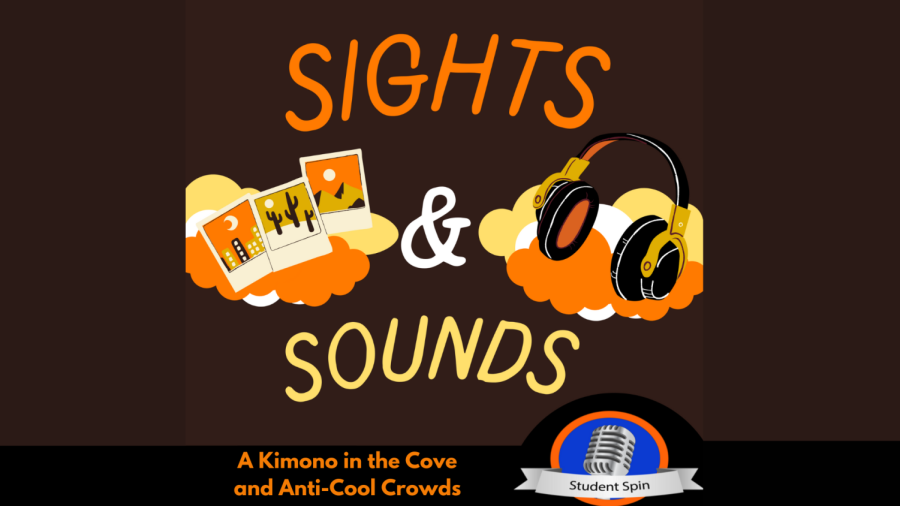
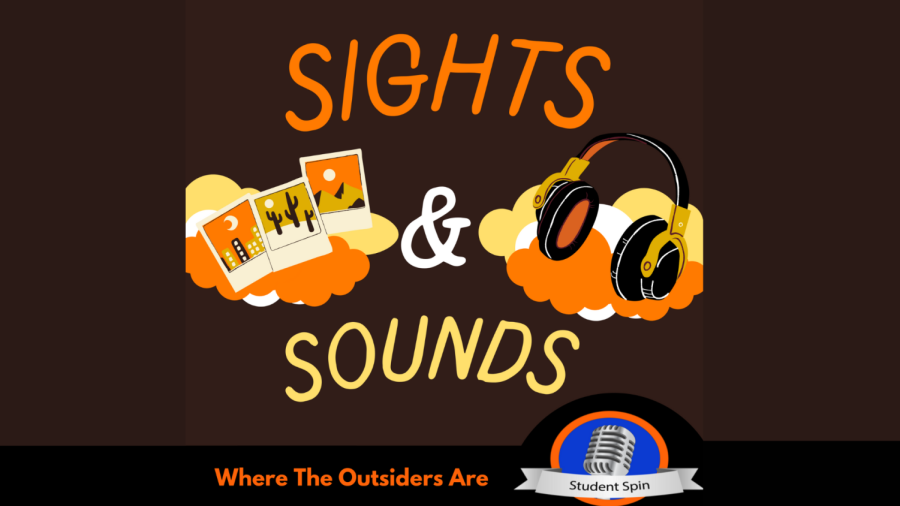
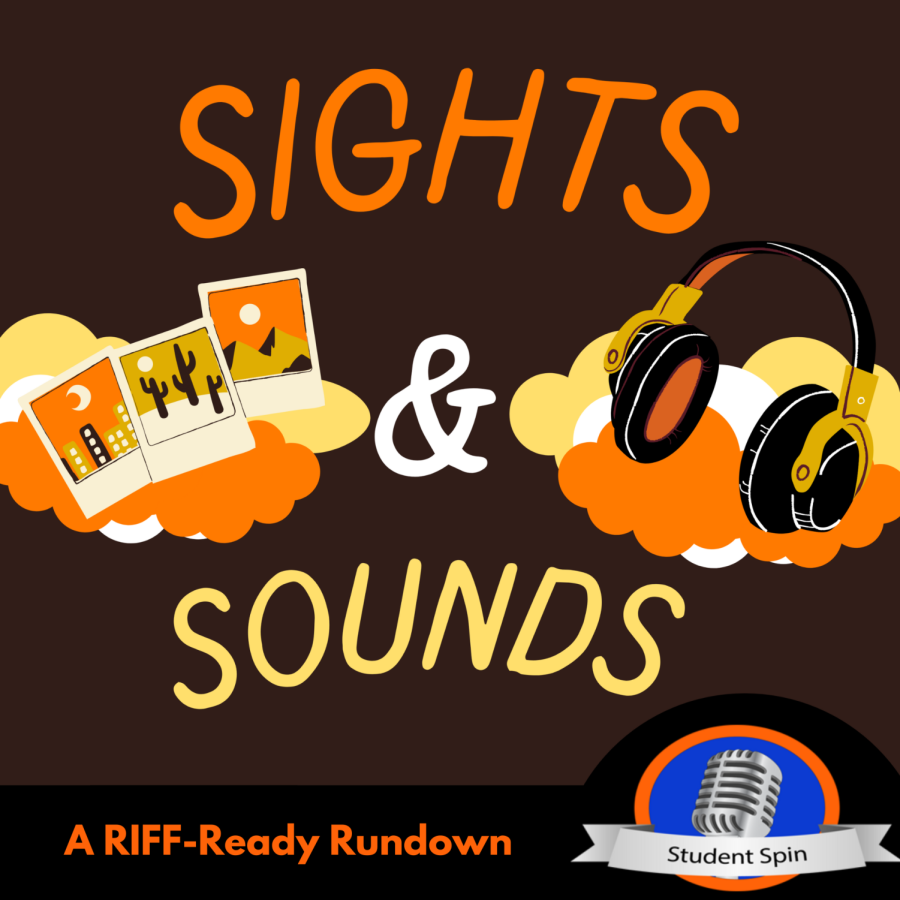
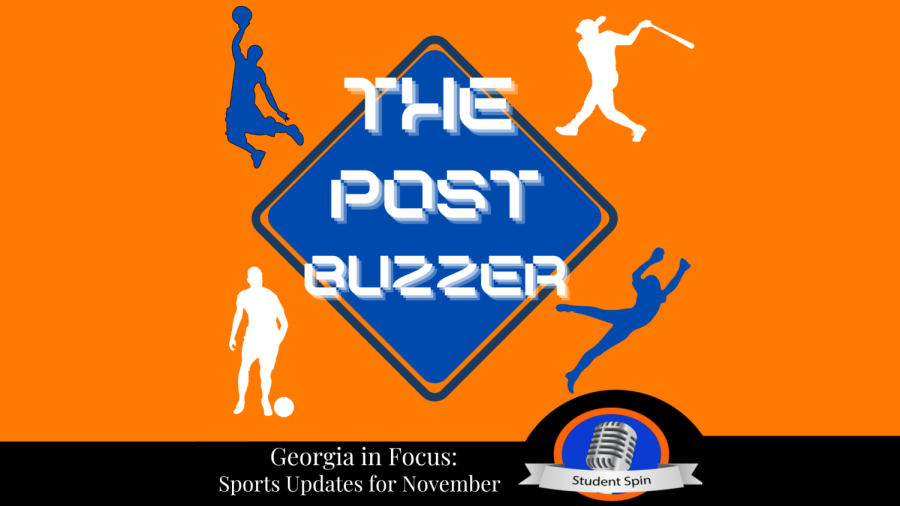
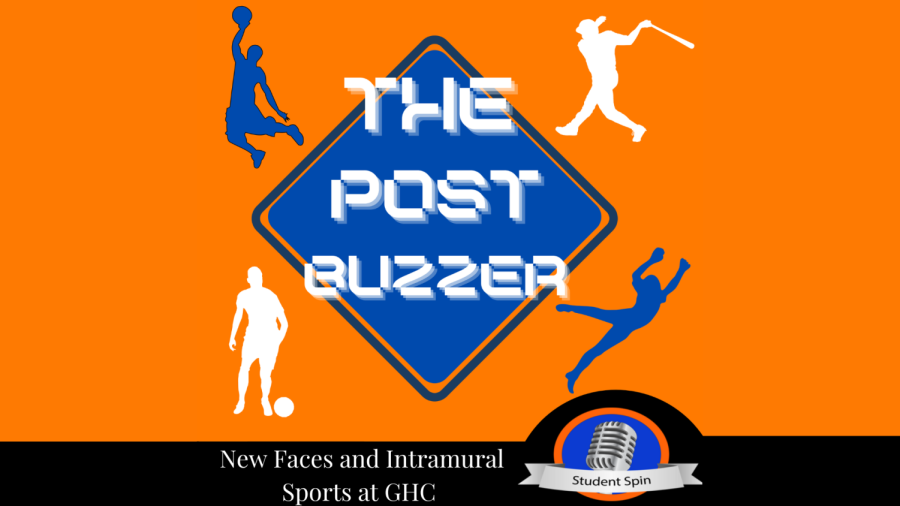

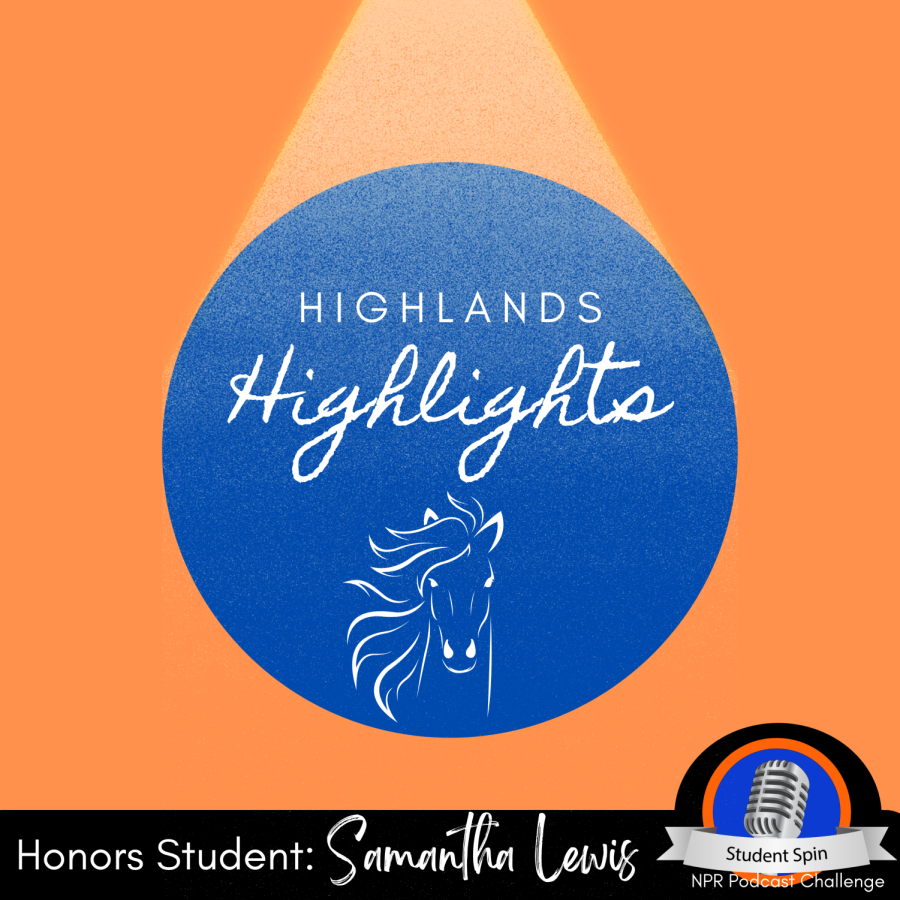
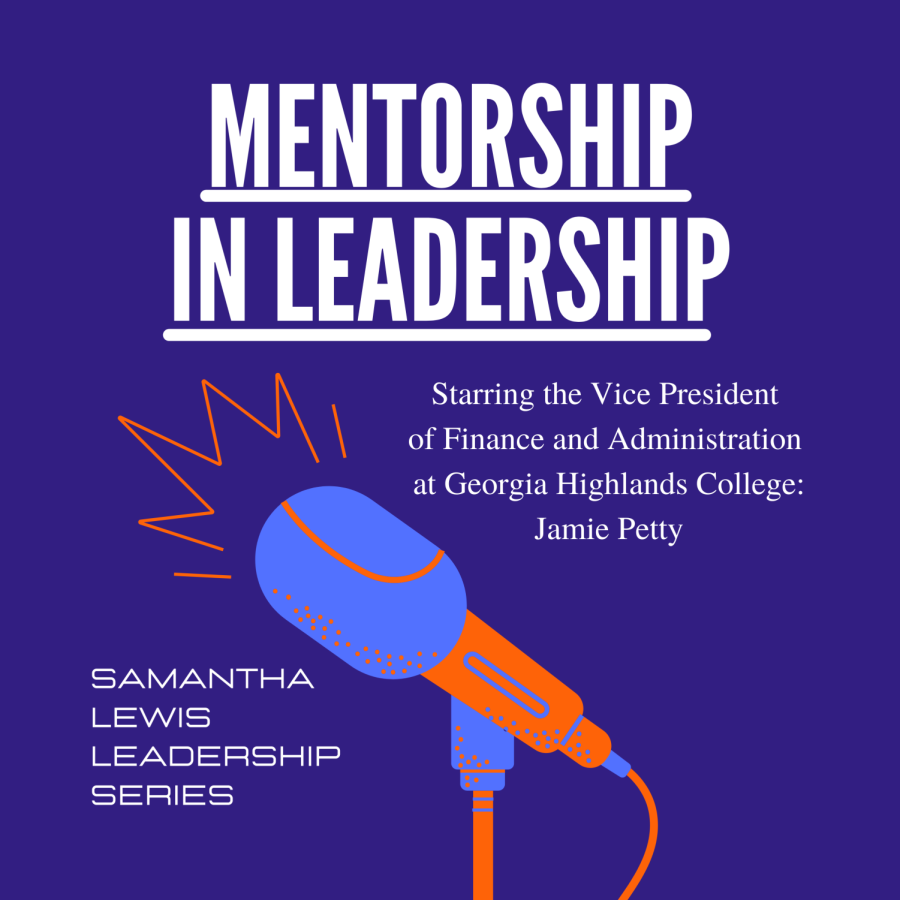
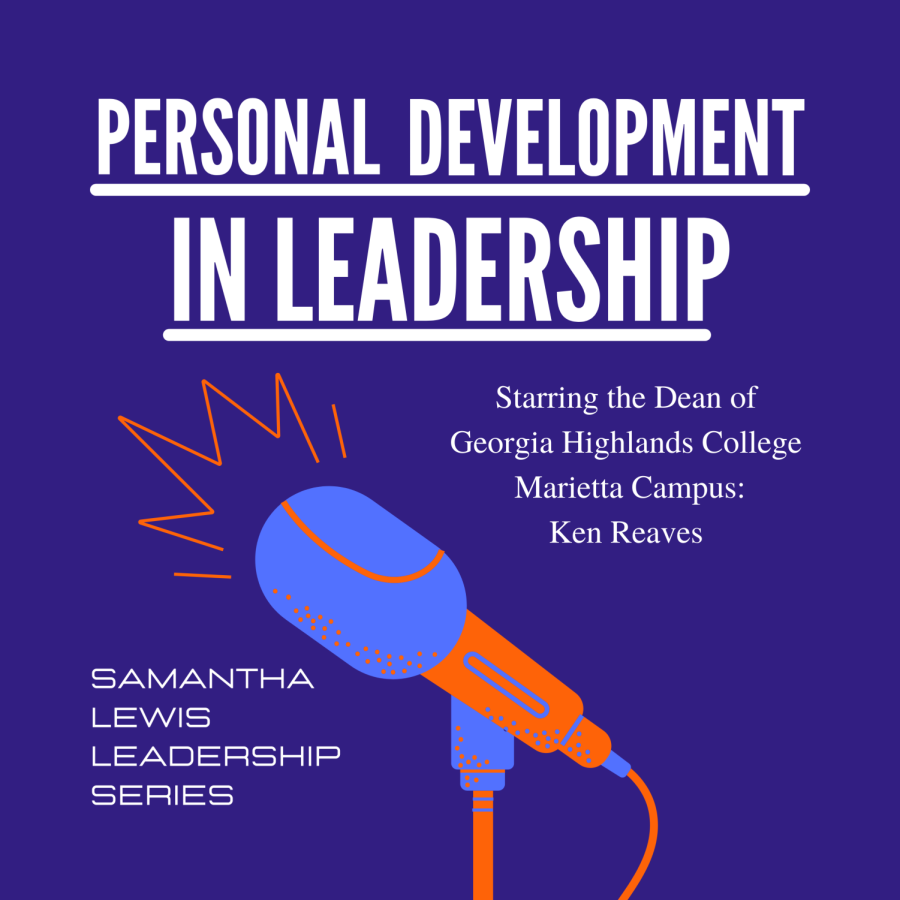
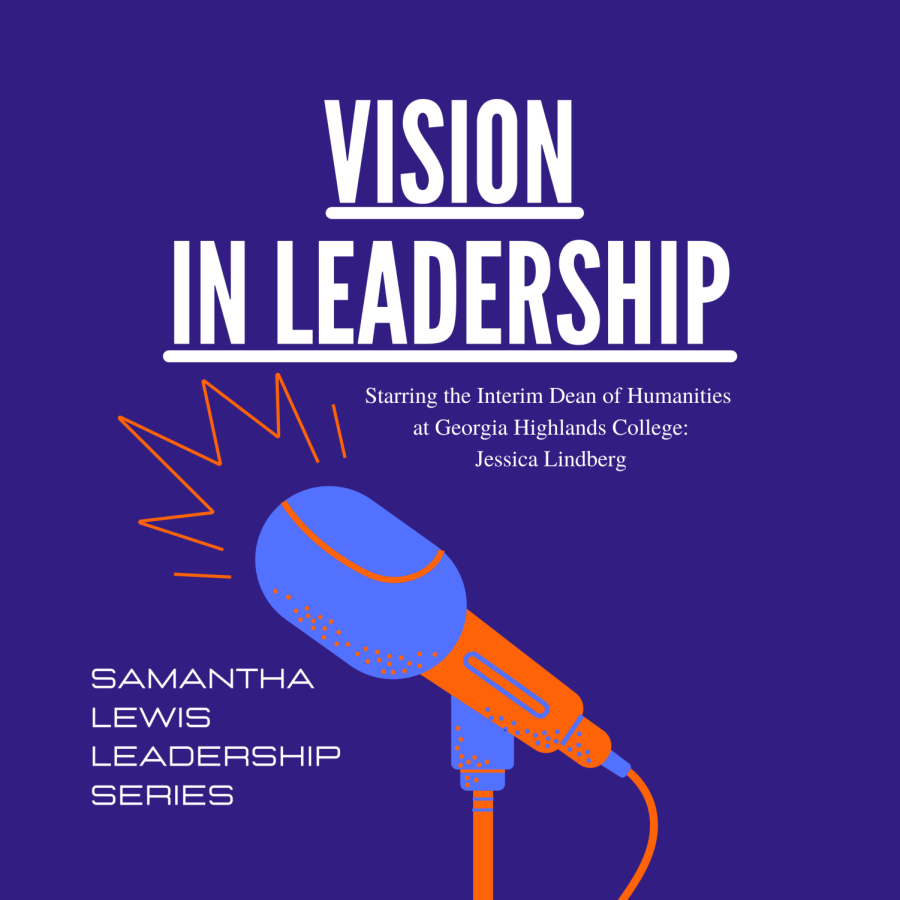
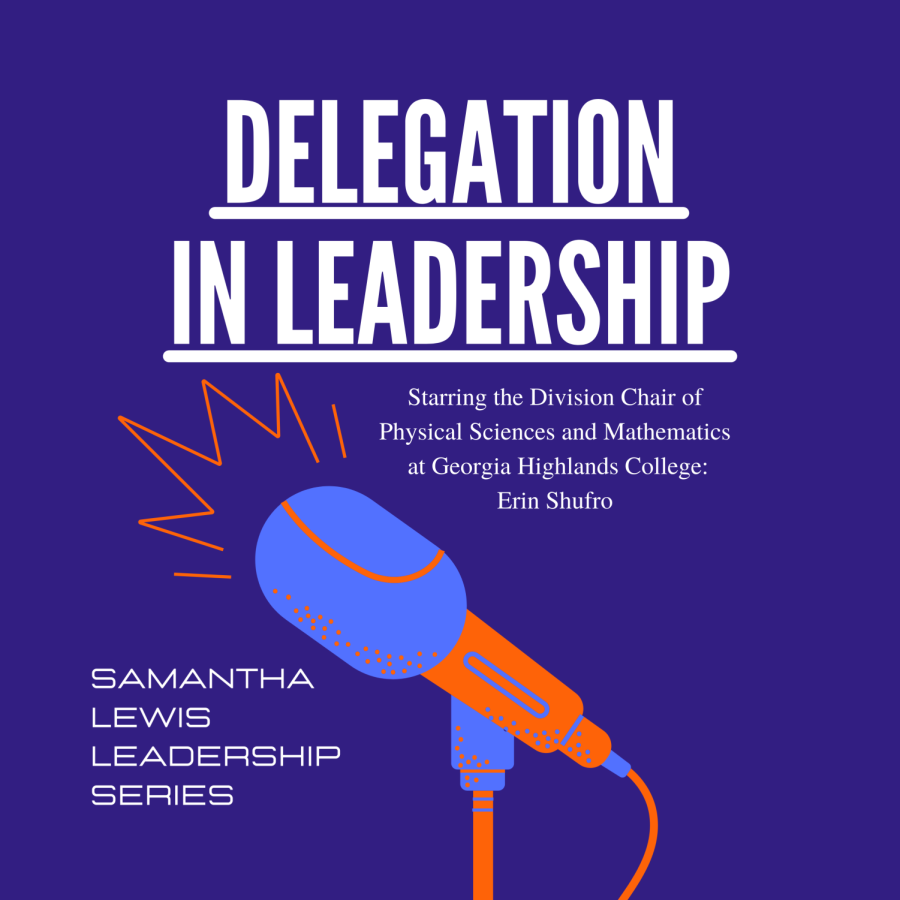
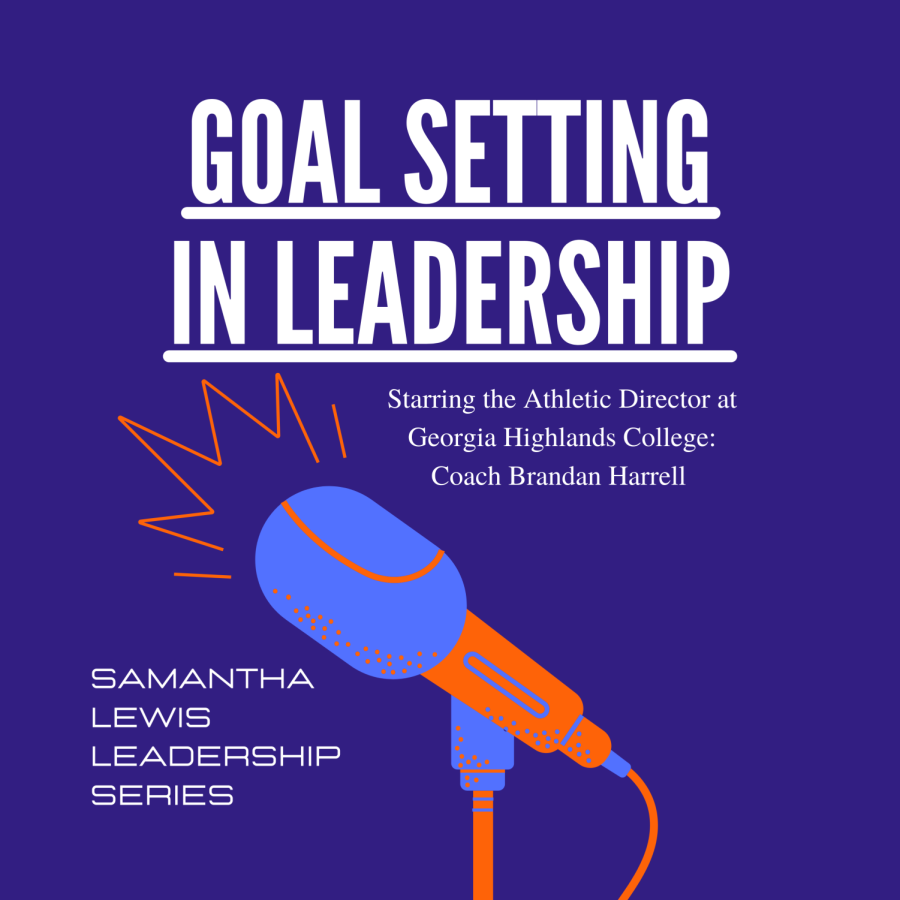
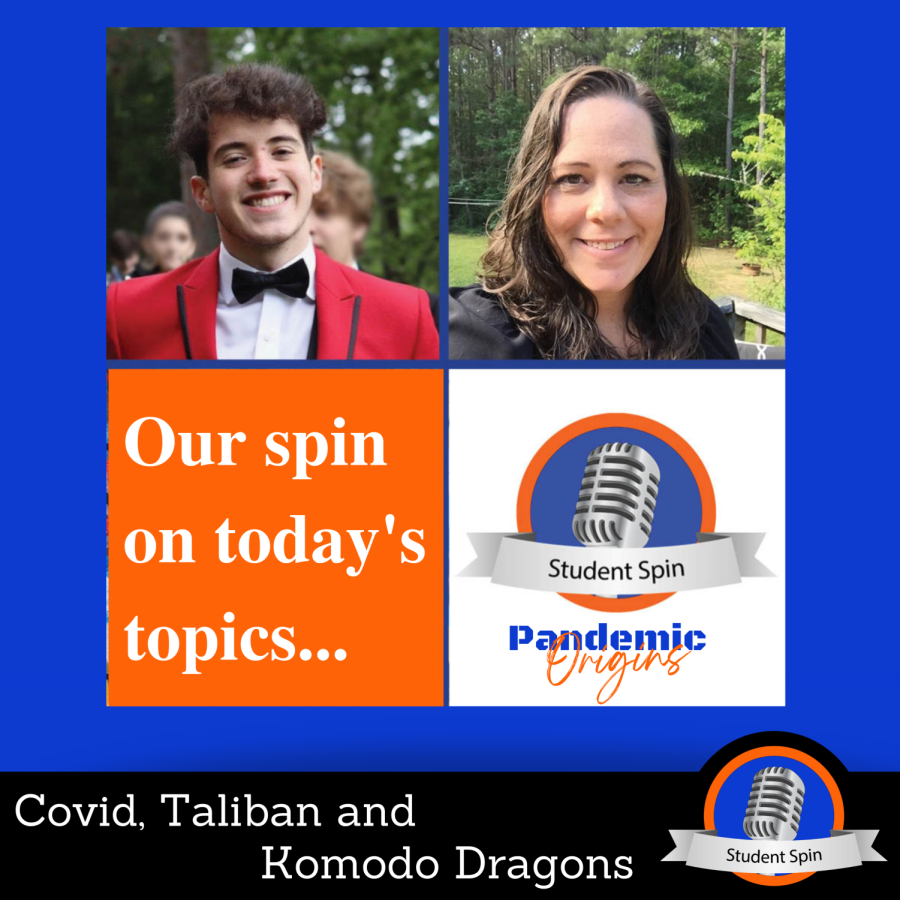
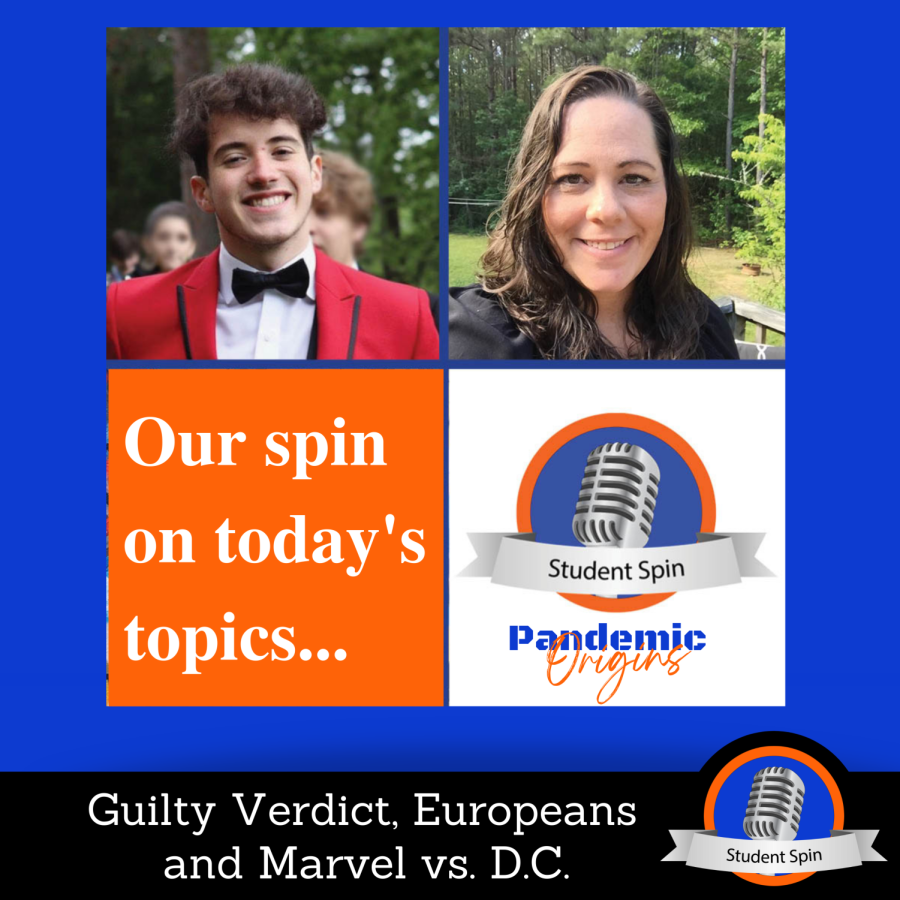
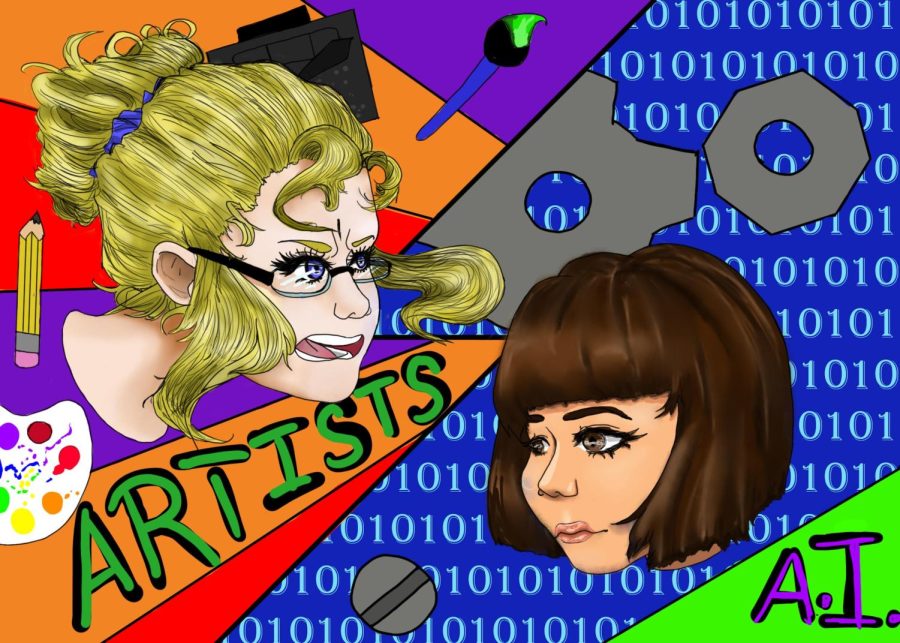
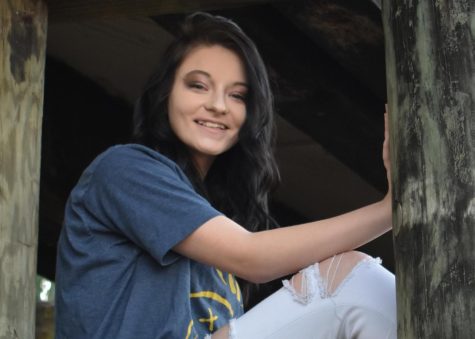
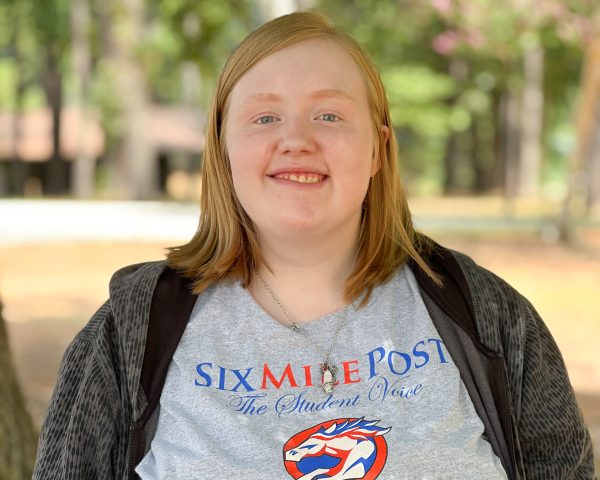

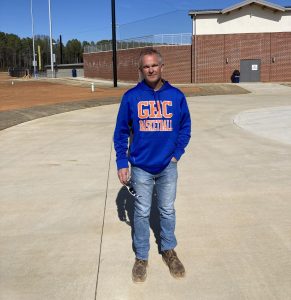
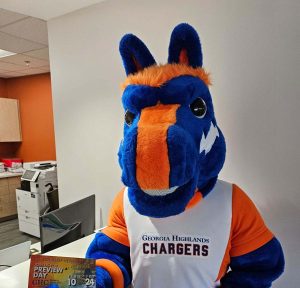
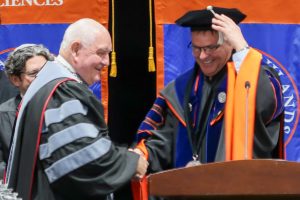
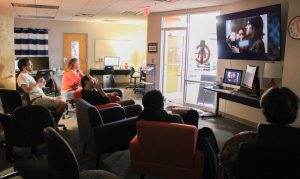
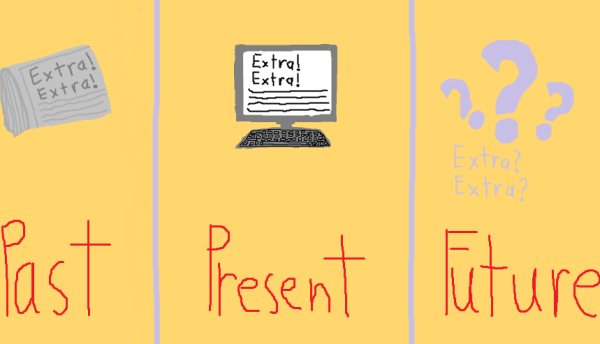
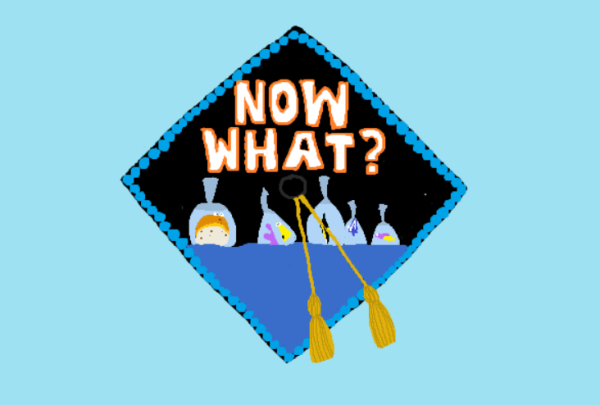
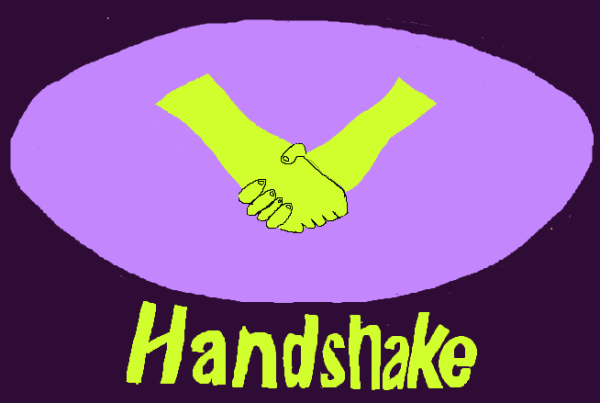
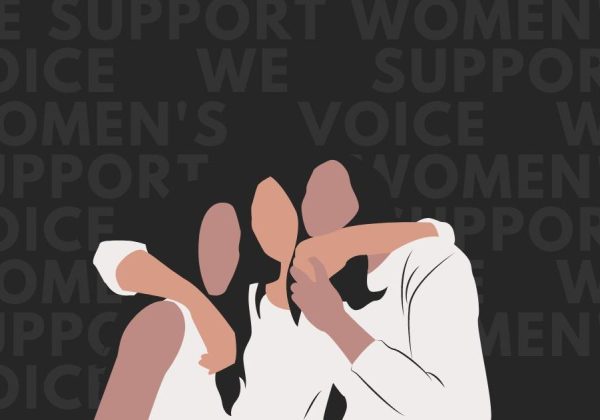
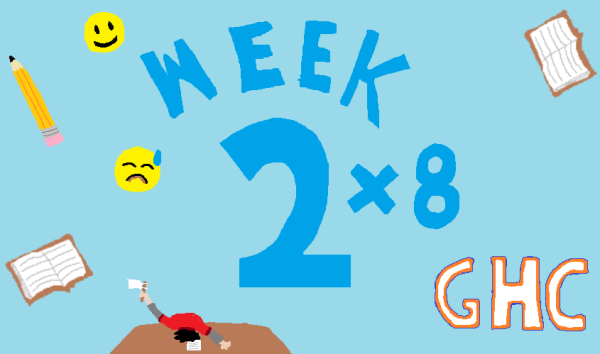
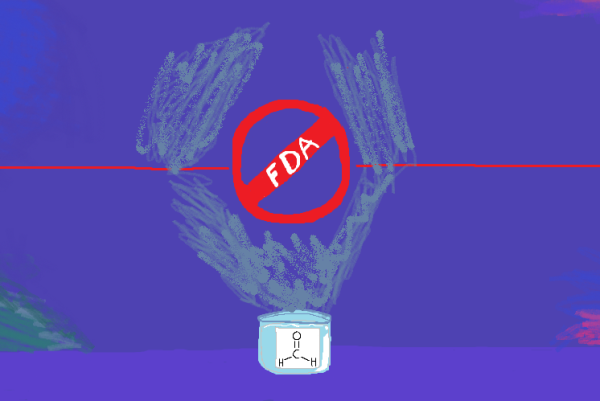
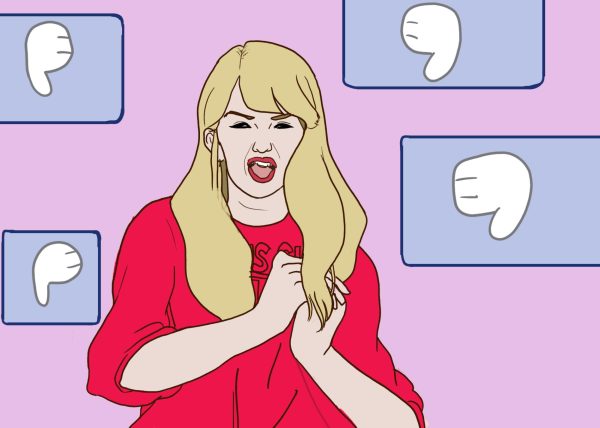
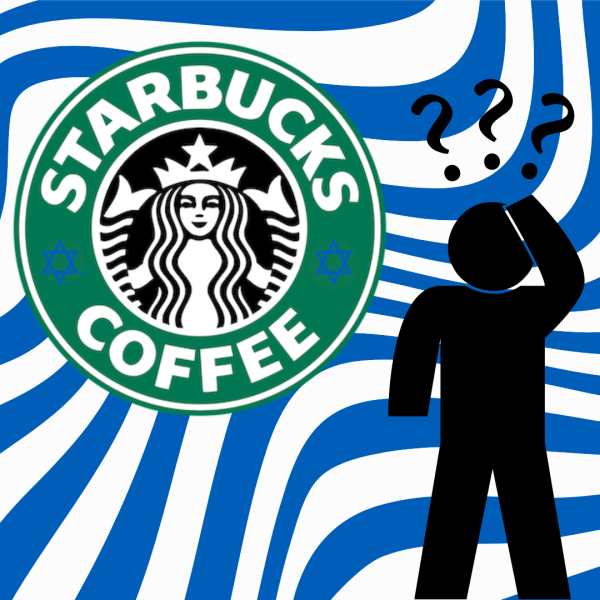
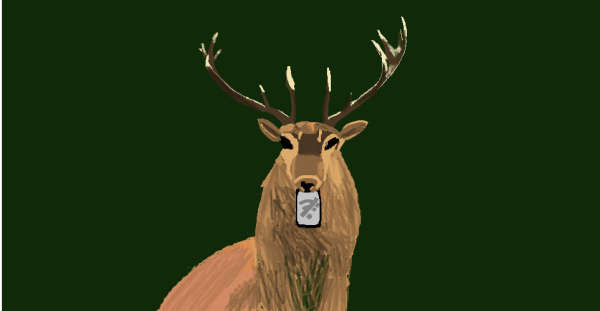
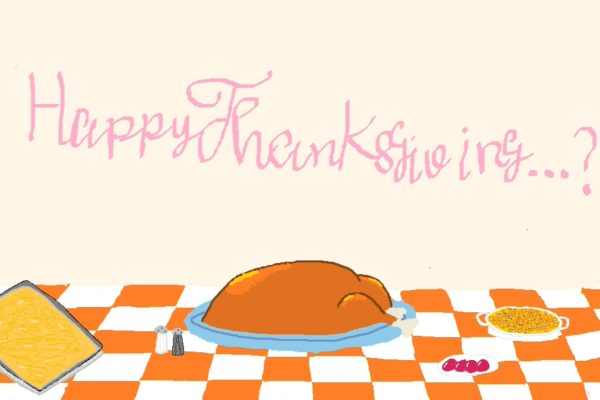
JoshXR • Oct 10, 2022 at 4:57 pm
“Inexcusable”? I tend to align with the idea that humans bring forth needed elements not present in AI today, but this sort of talk and thinking sounds like the second coming of the Luddites.